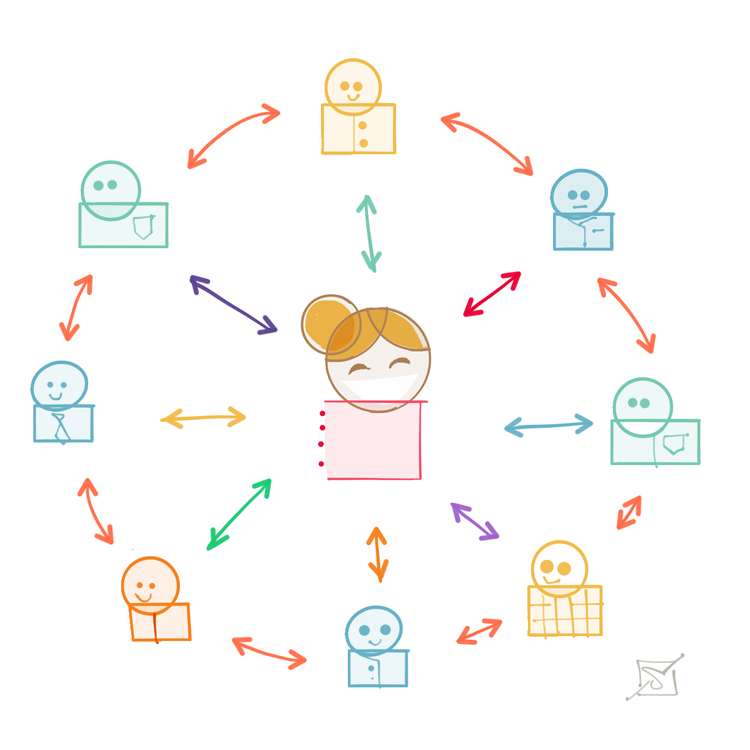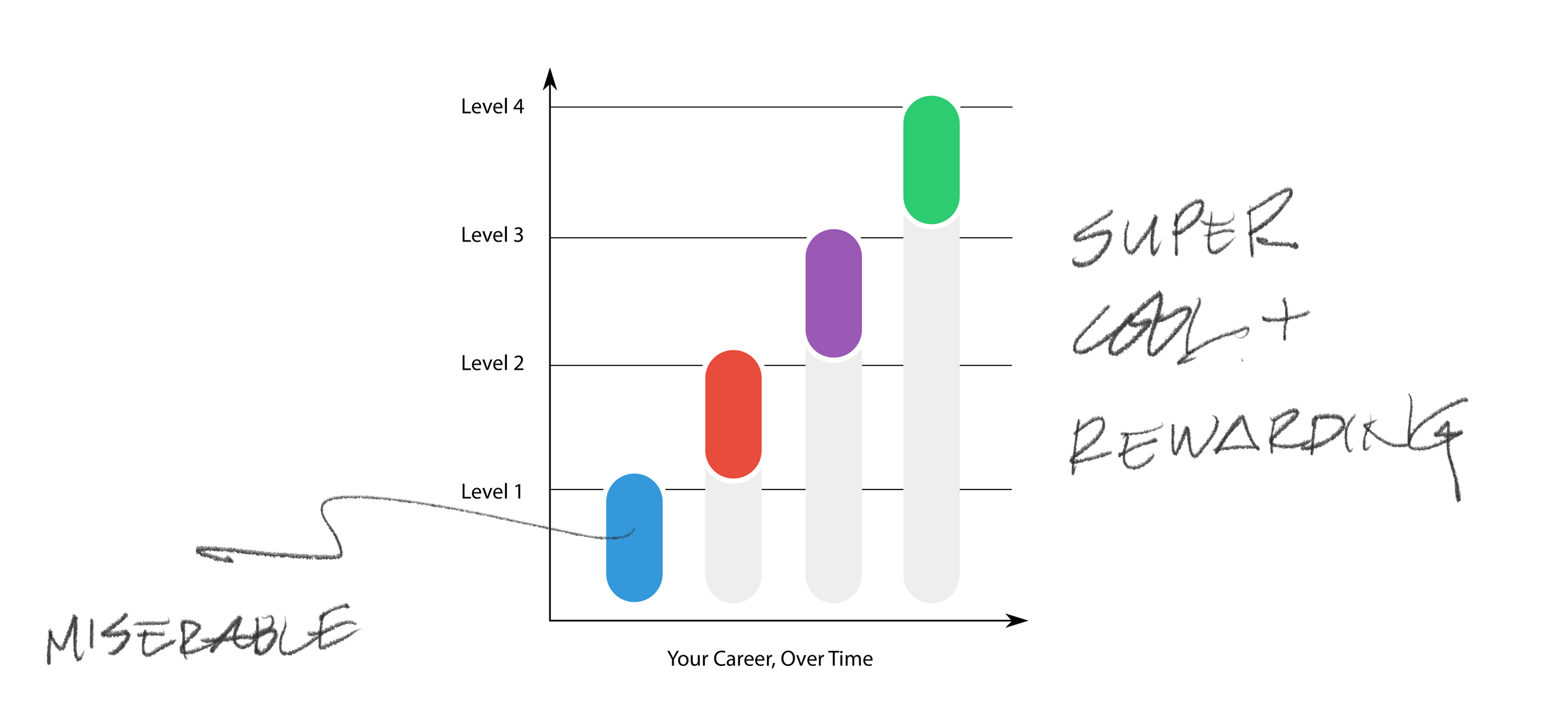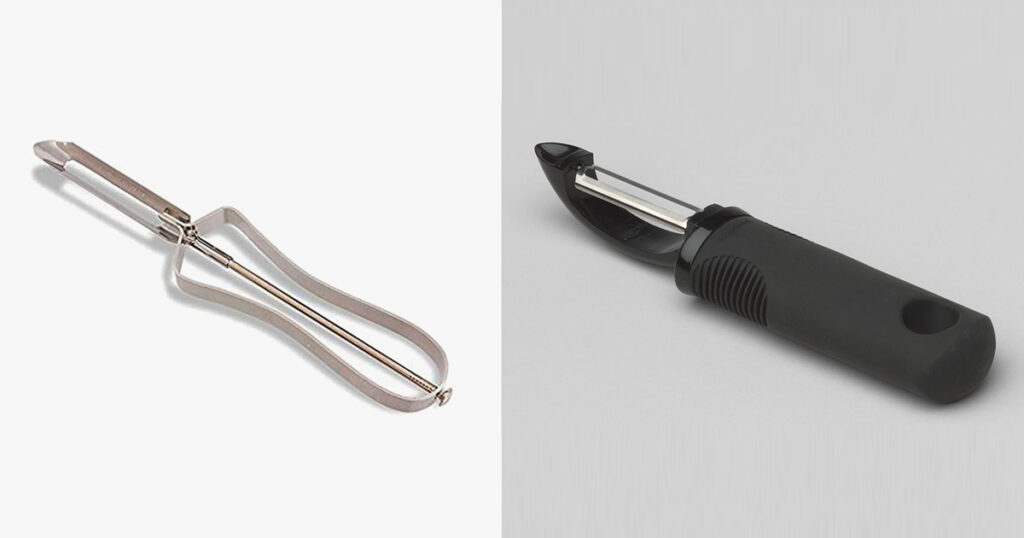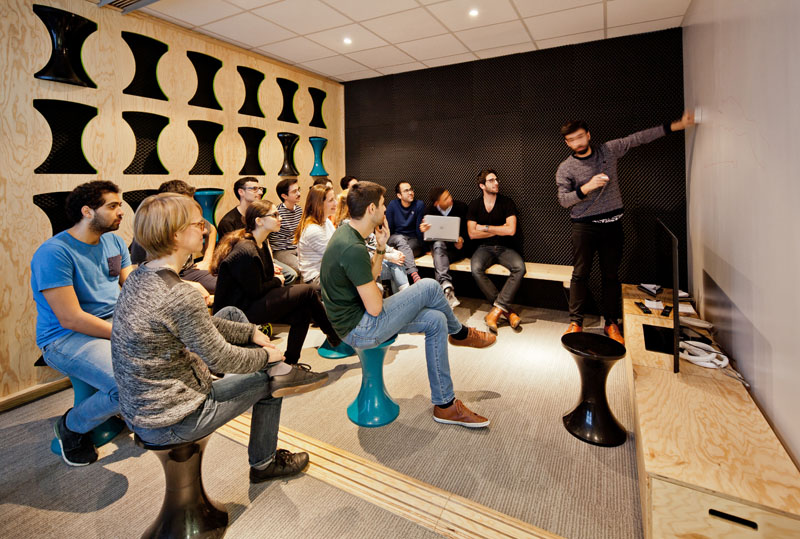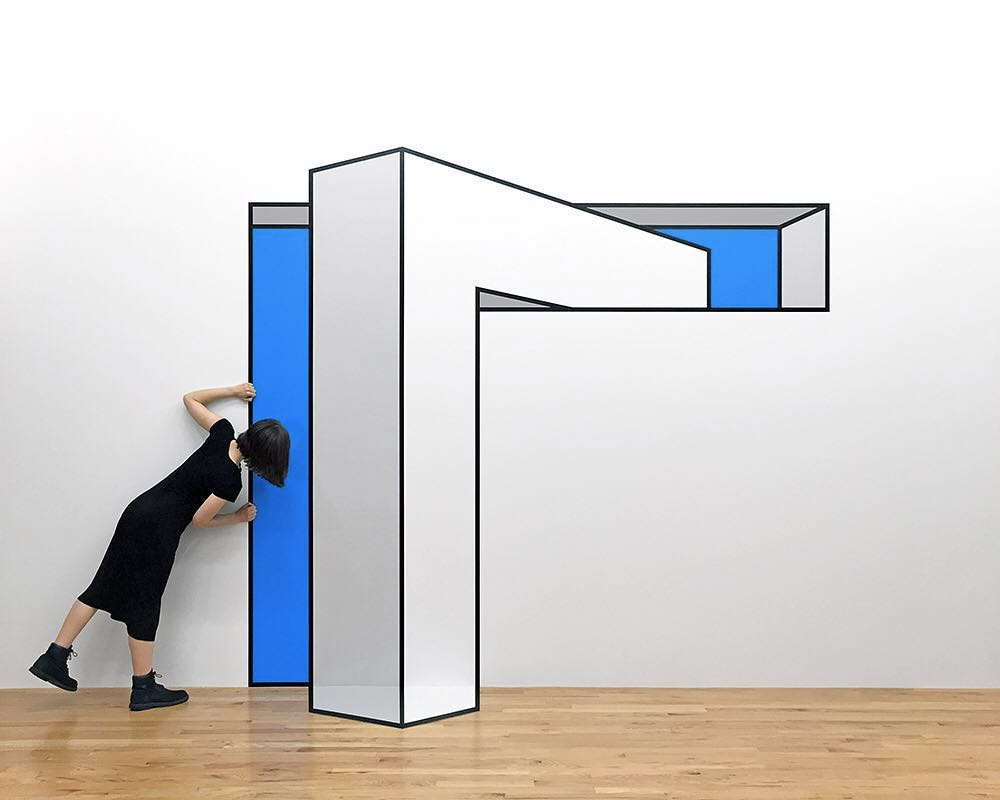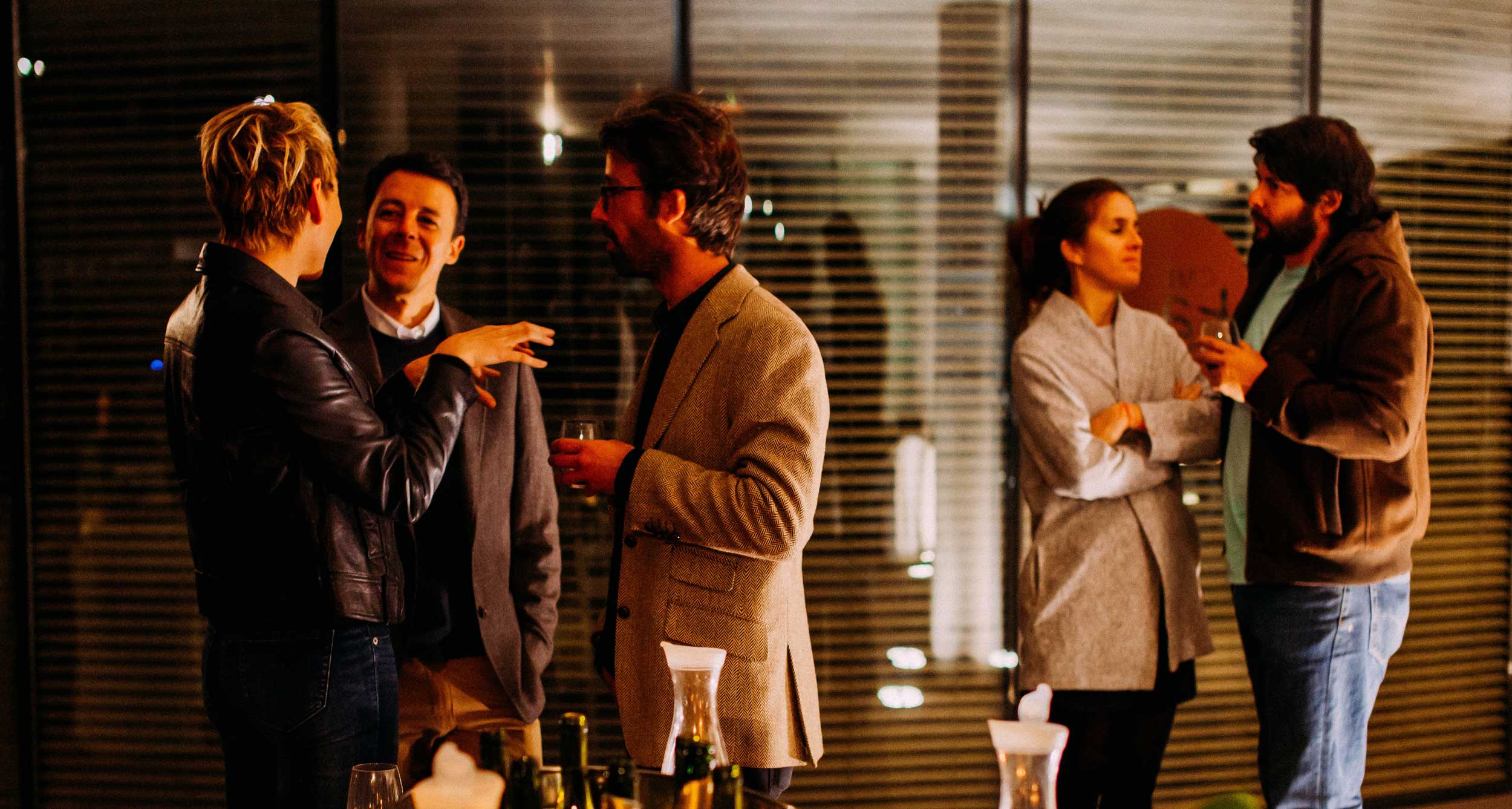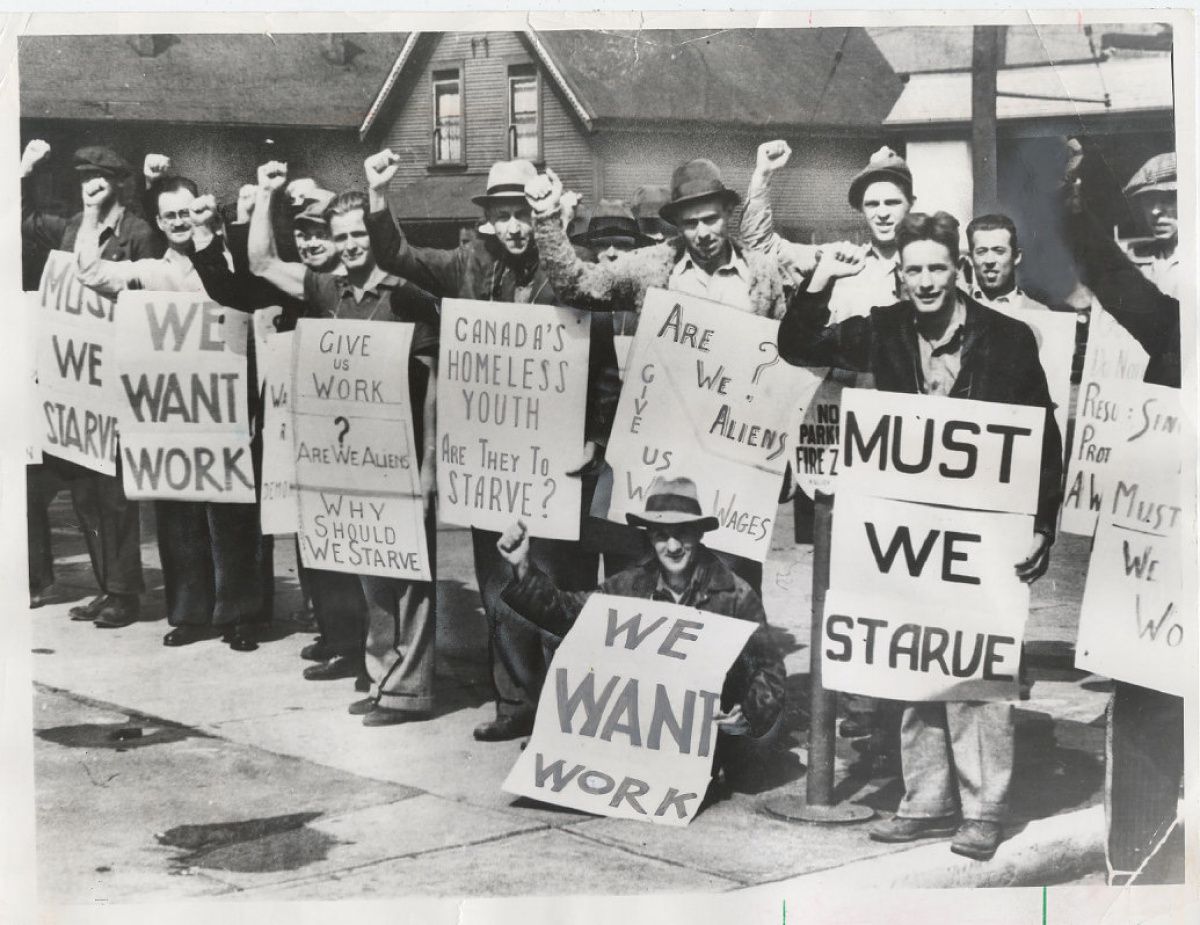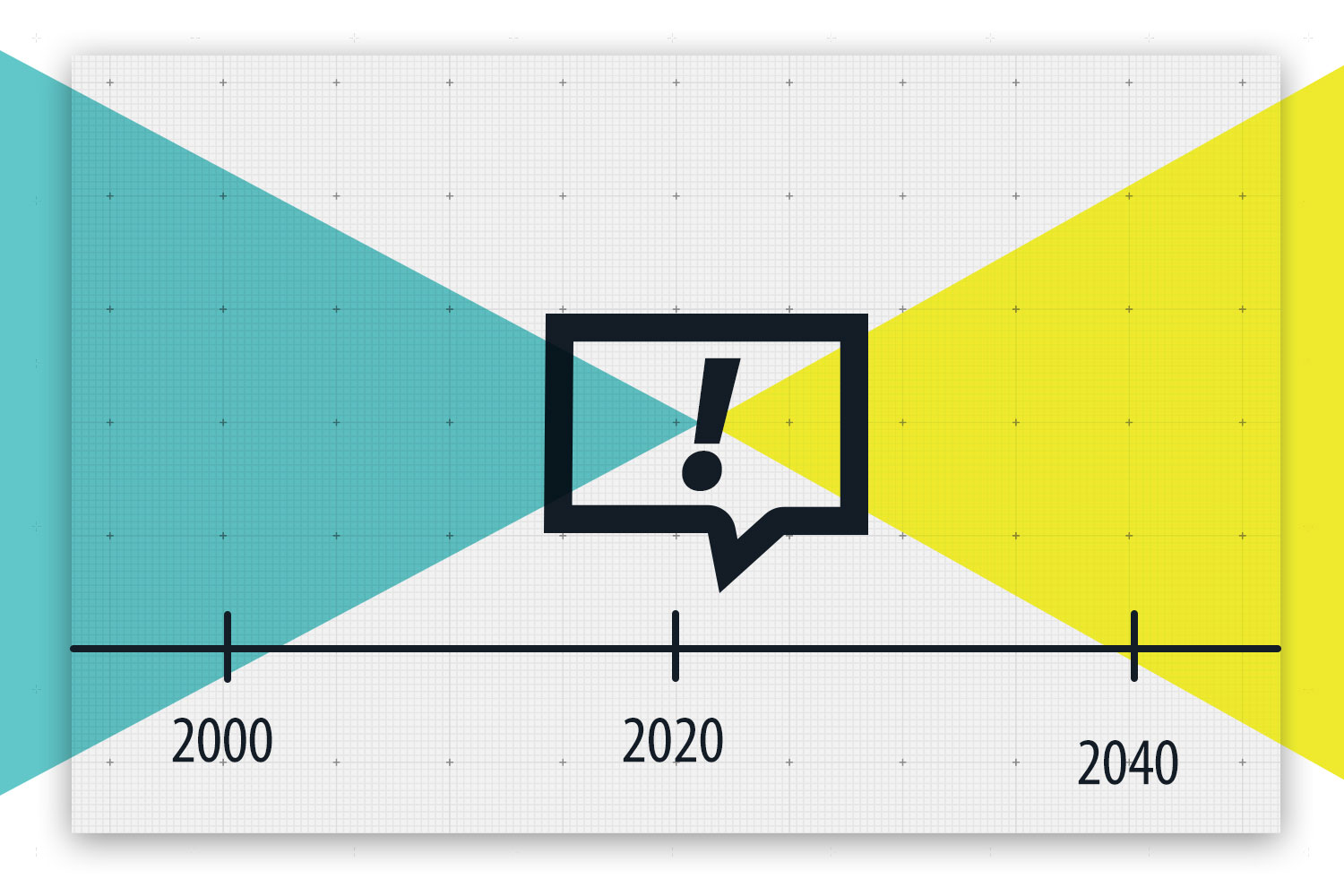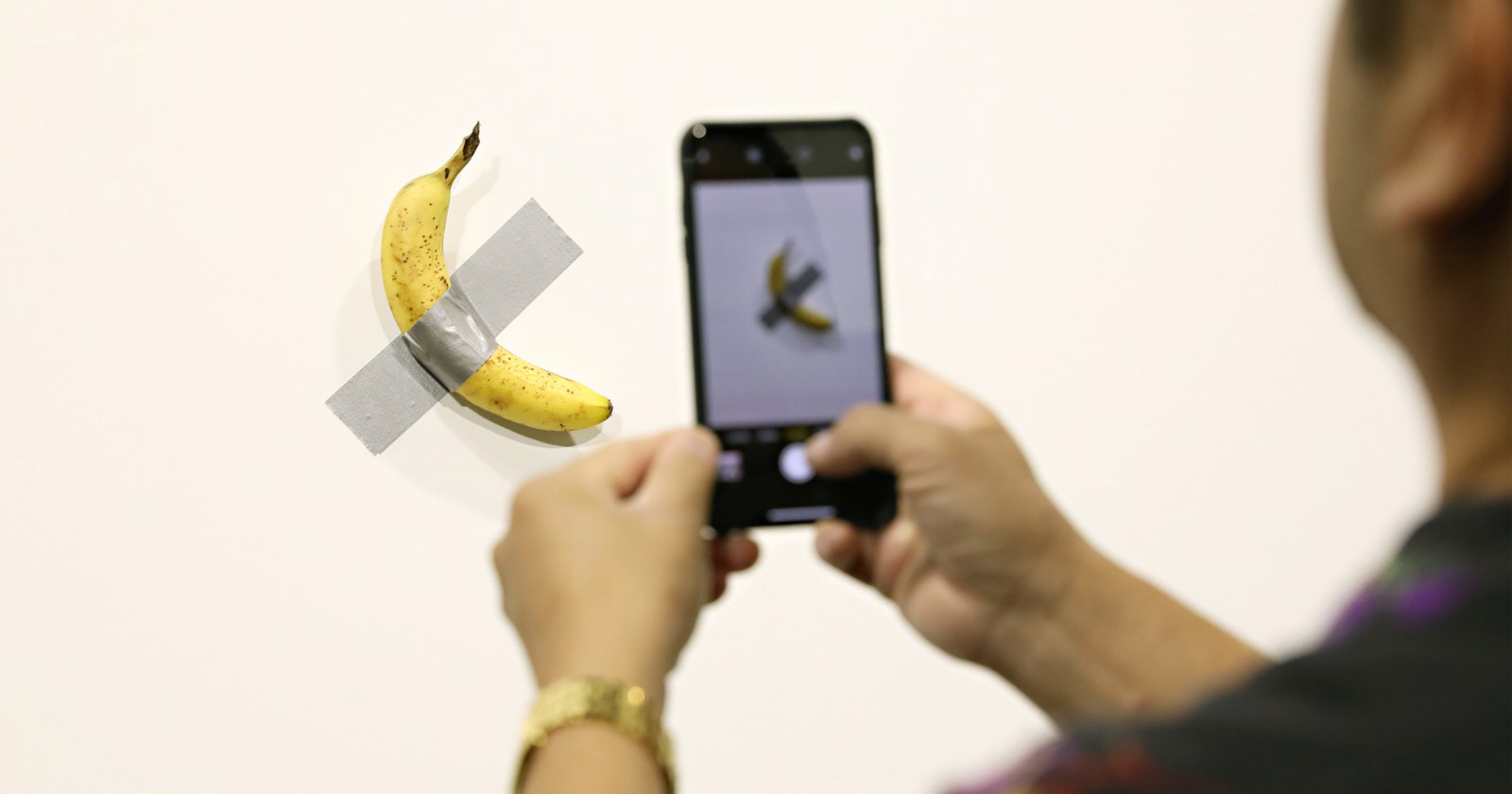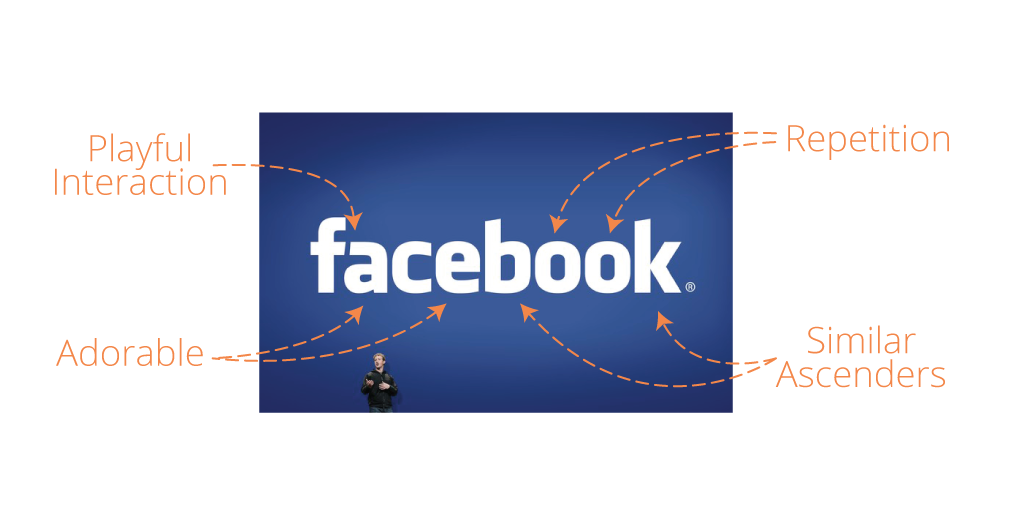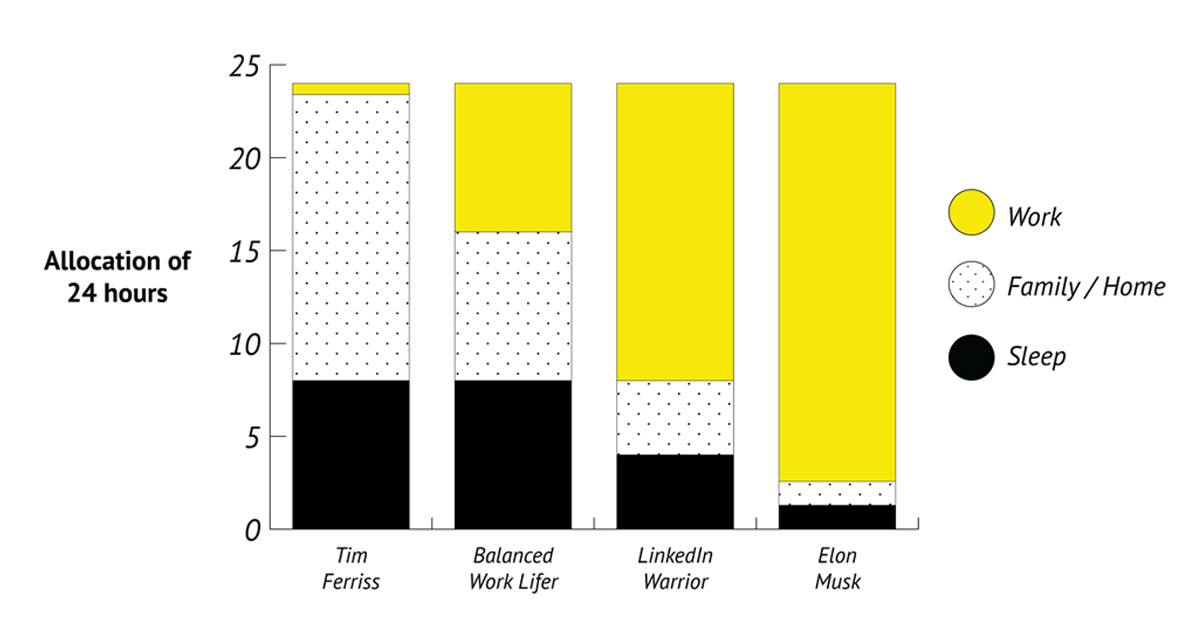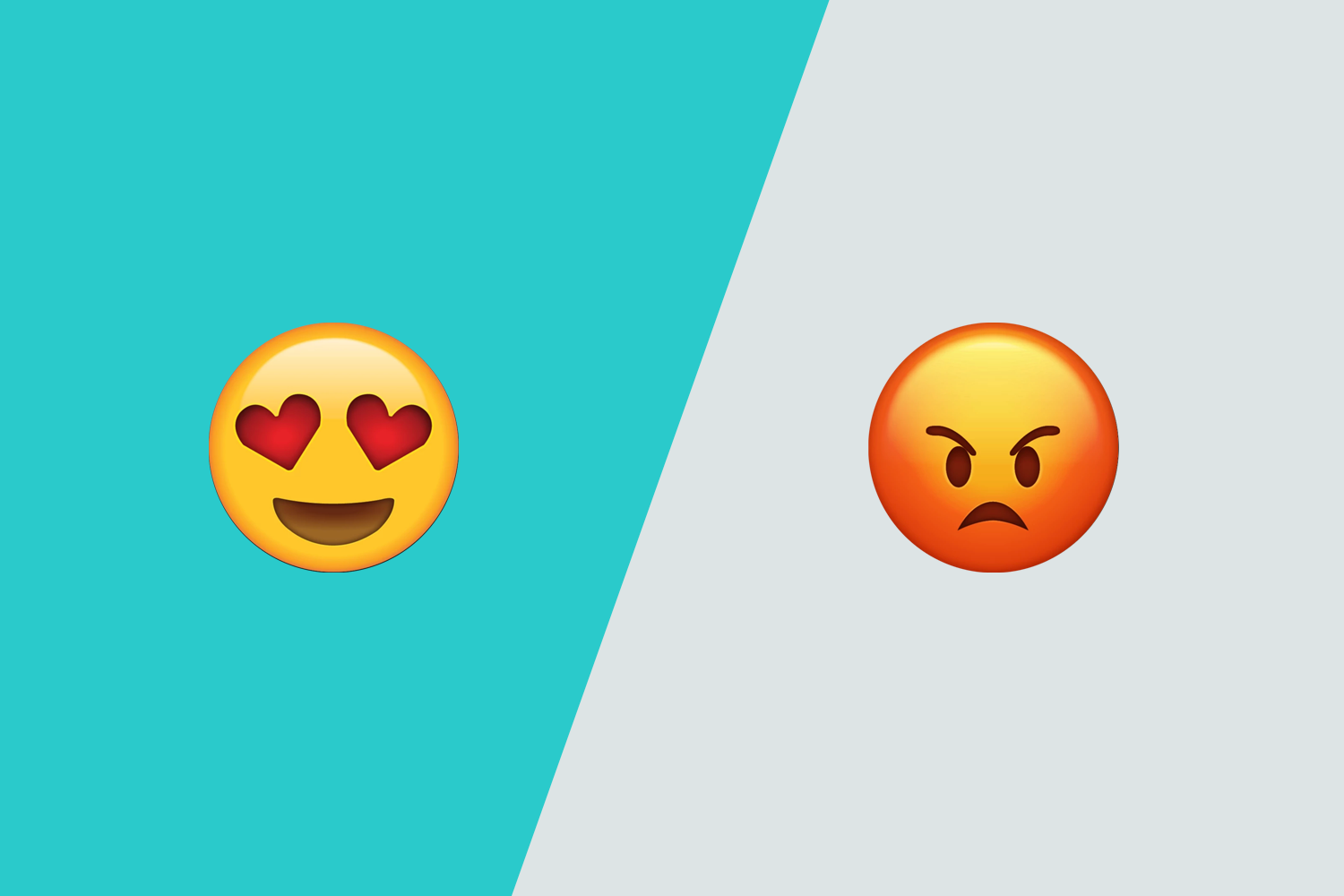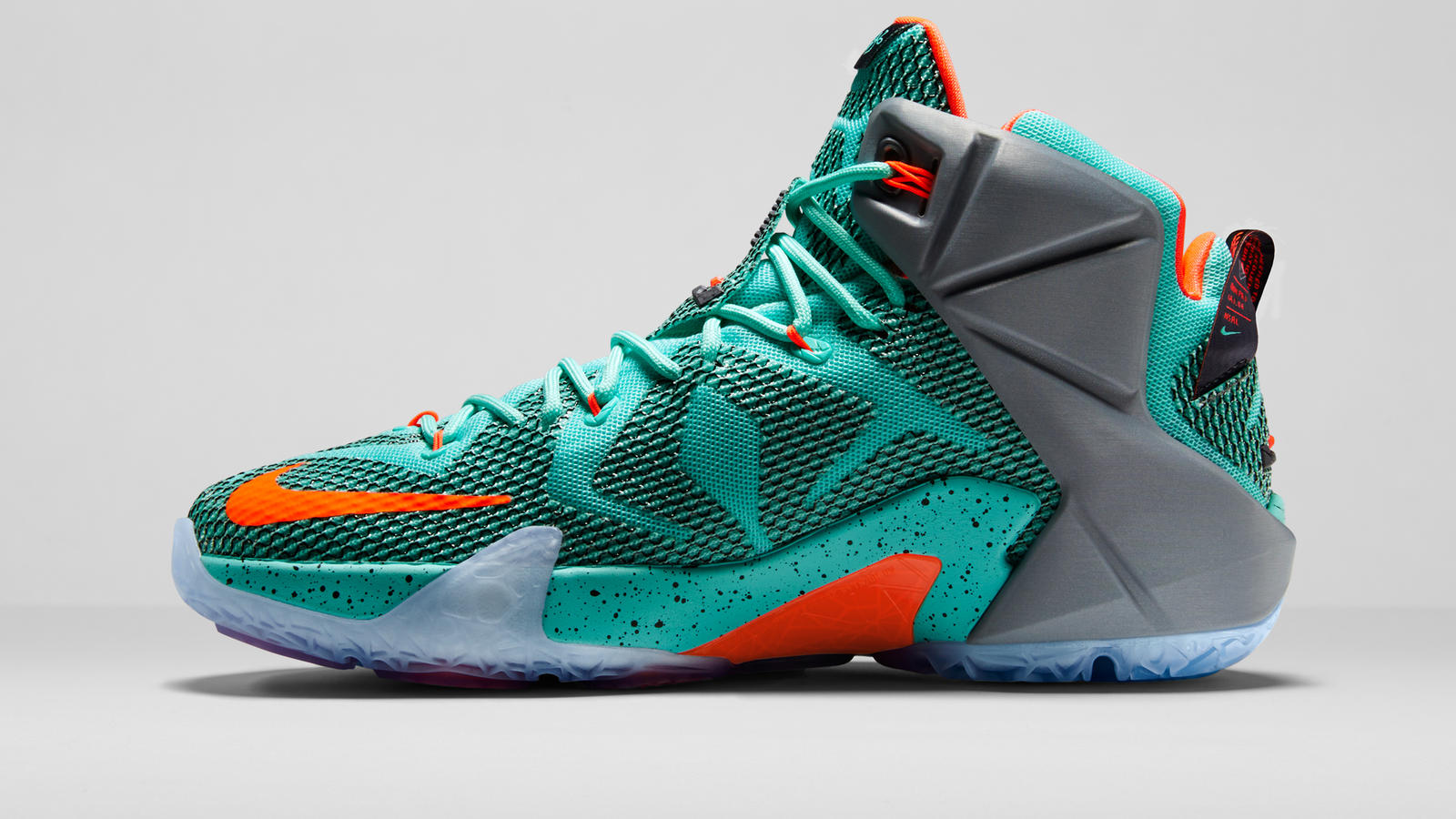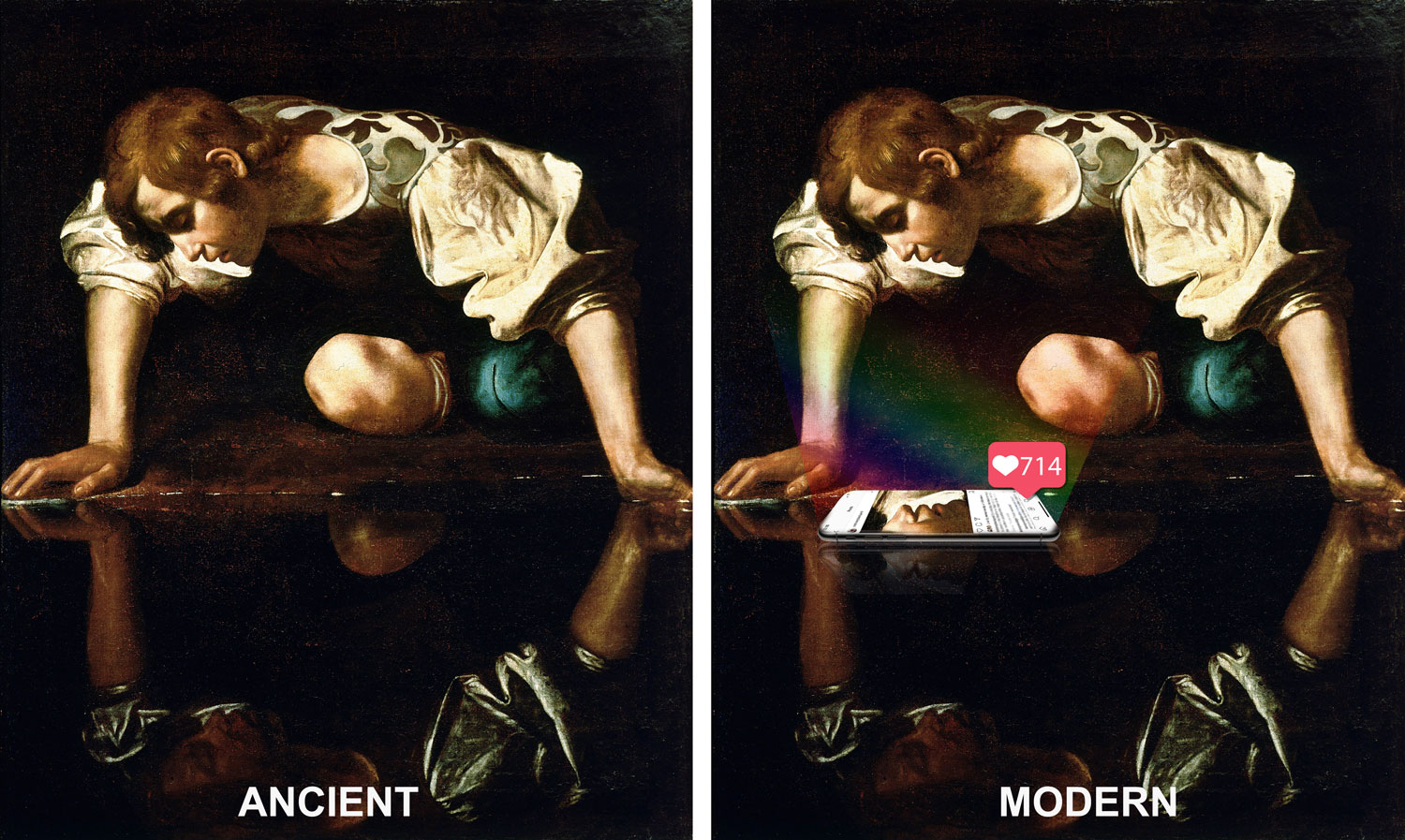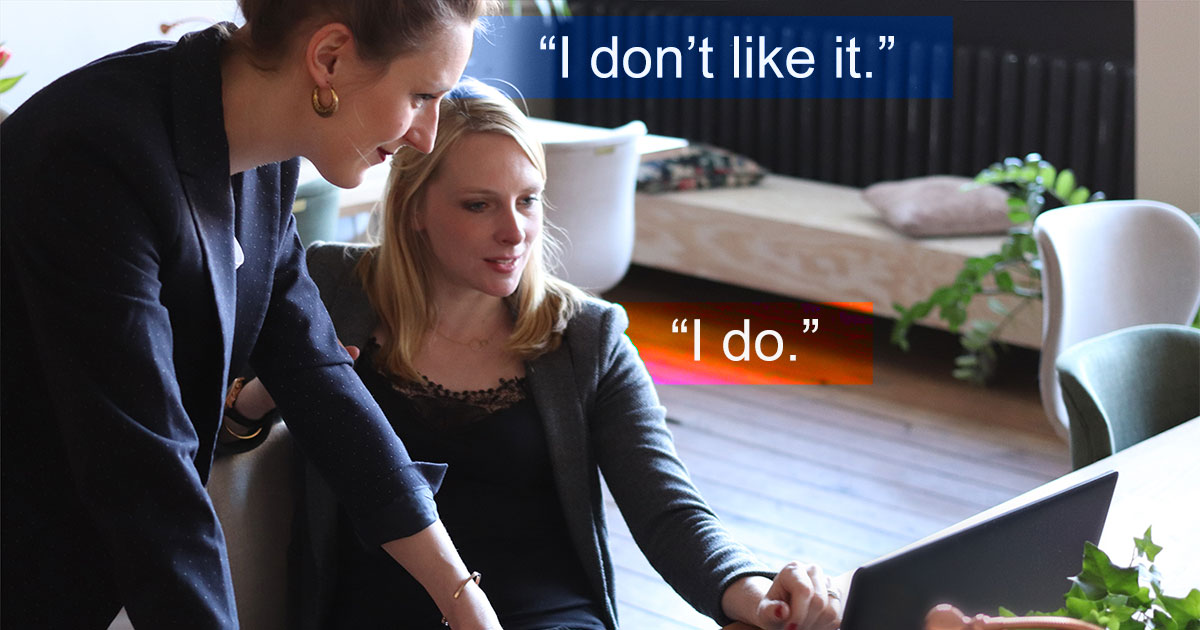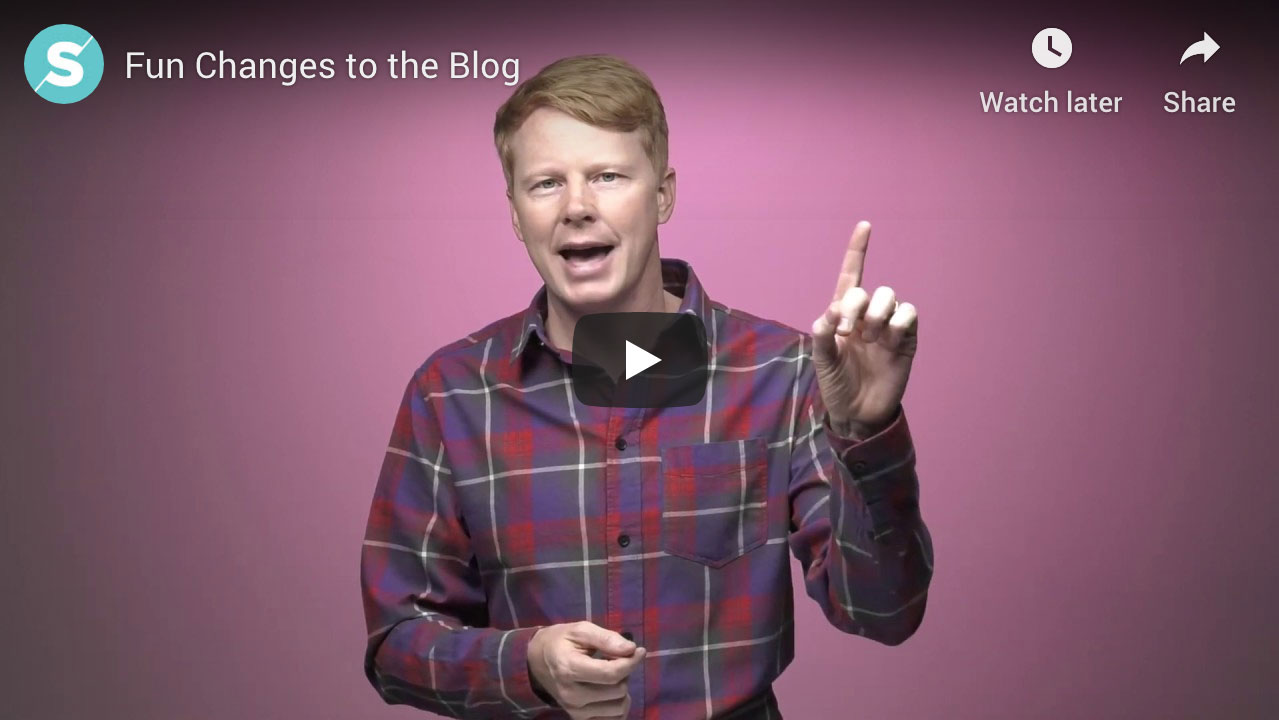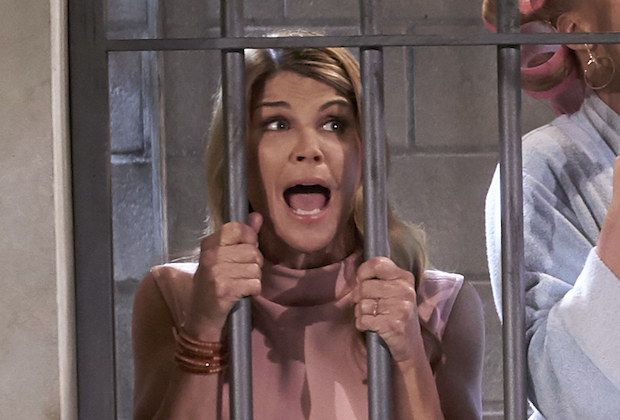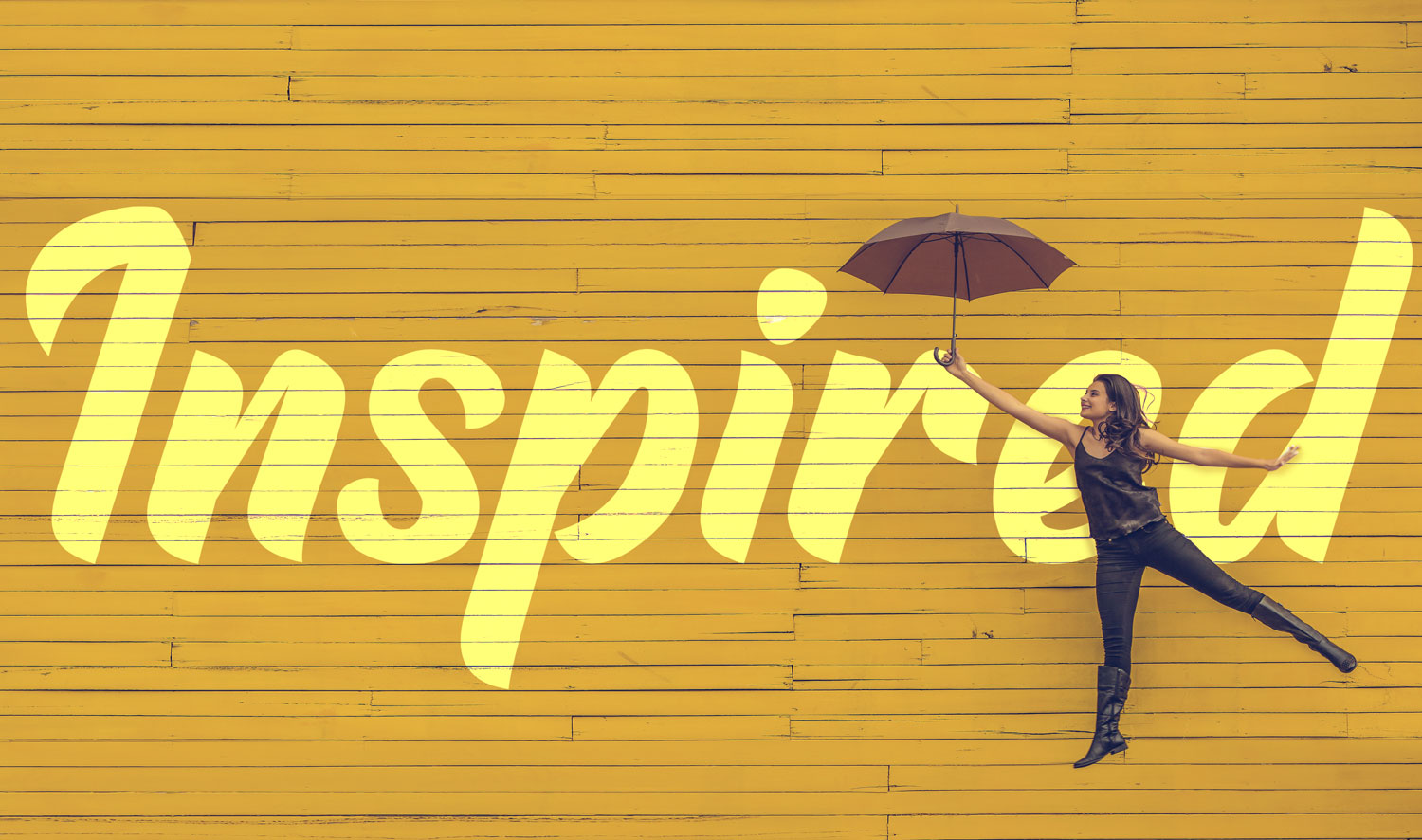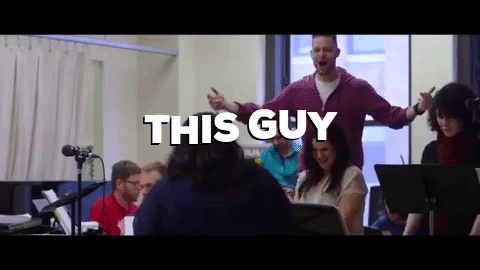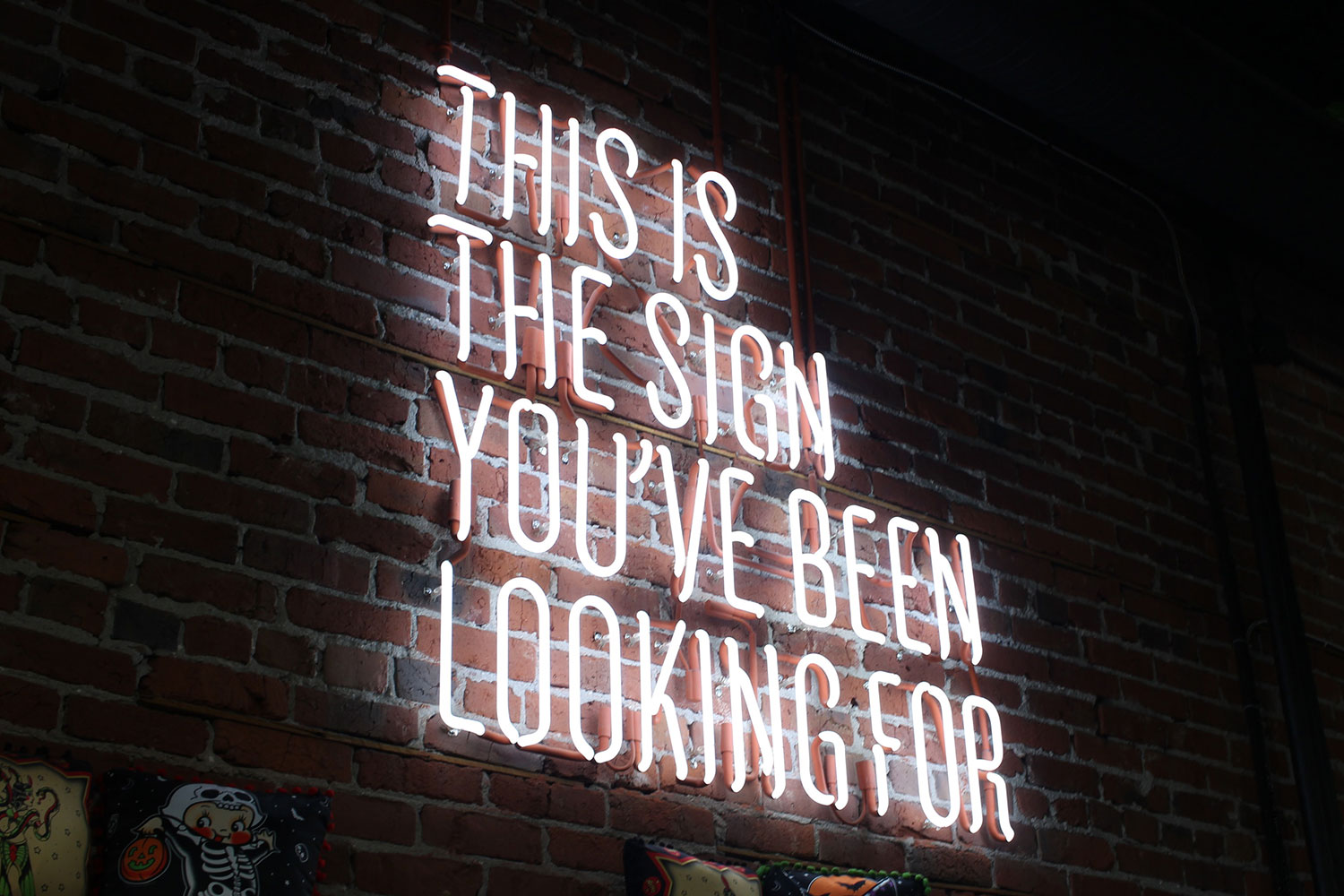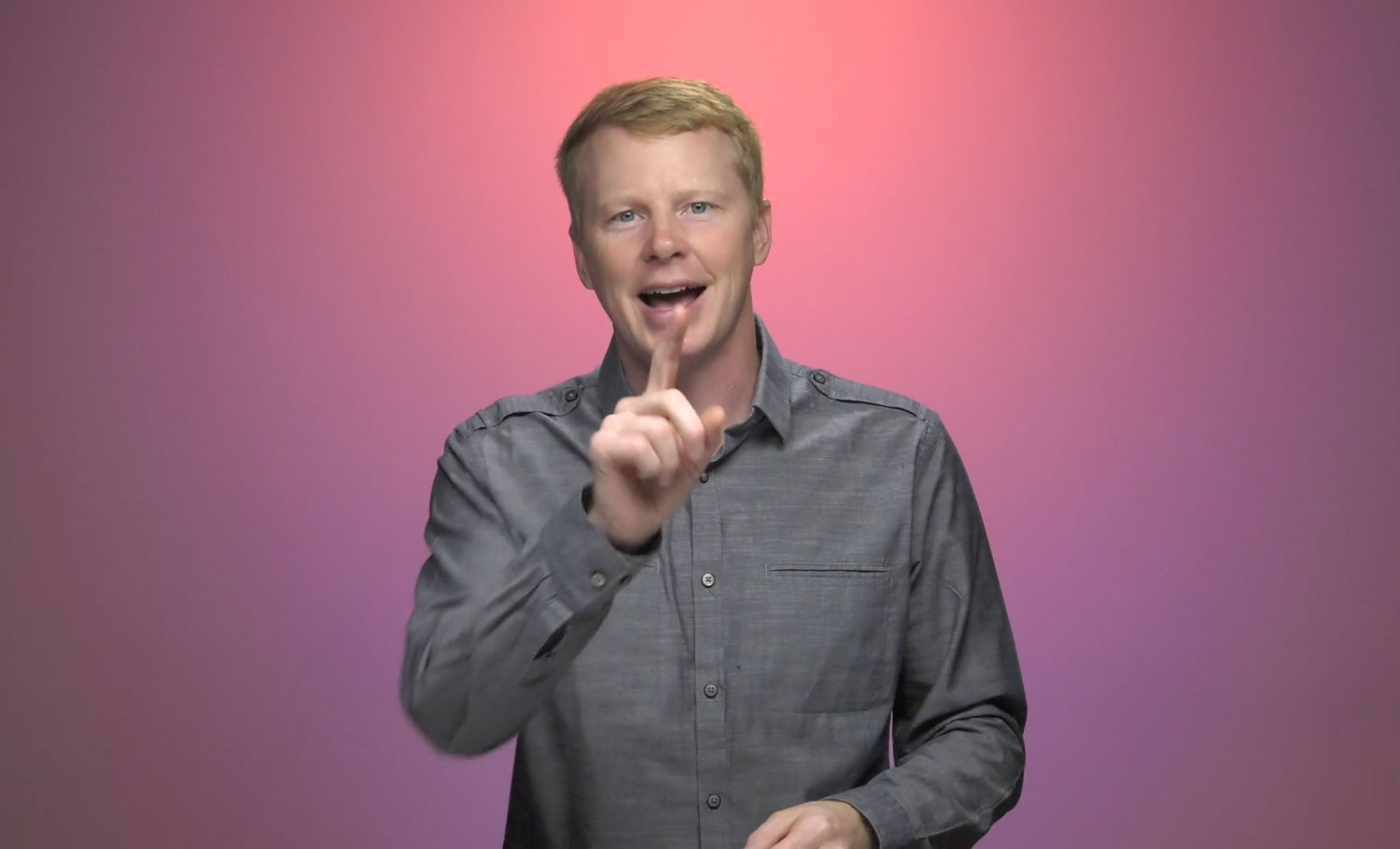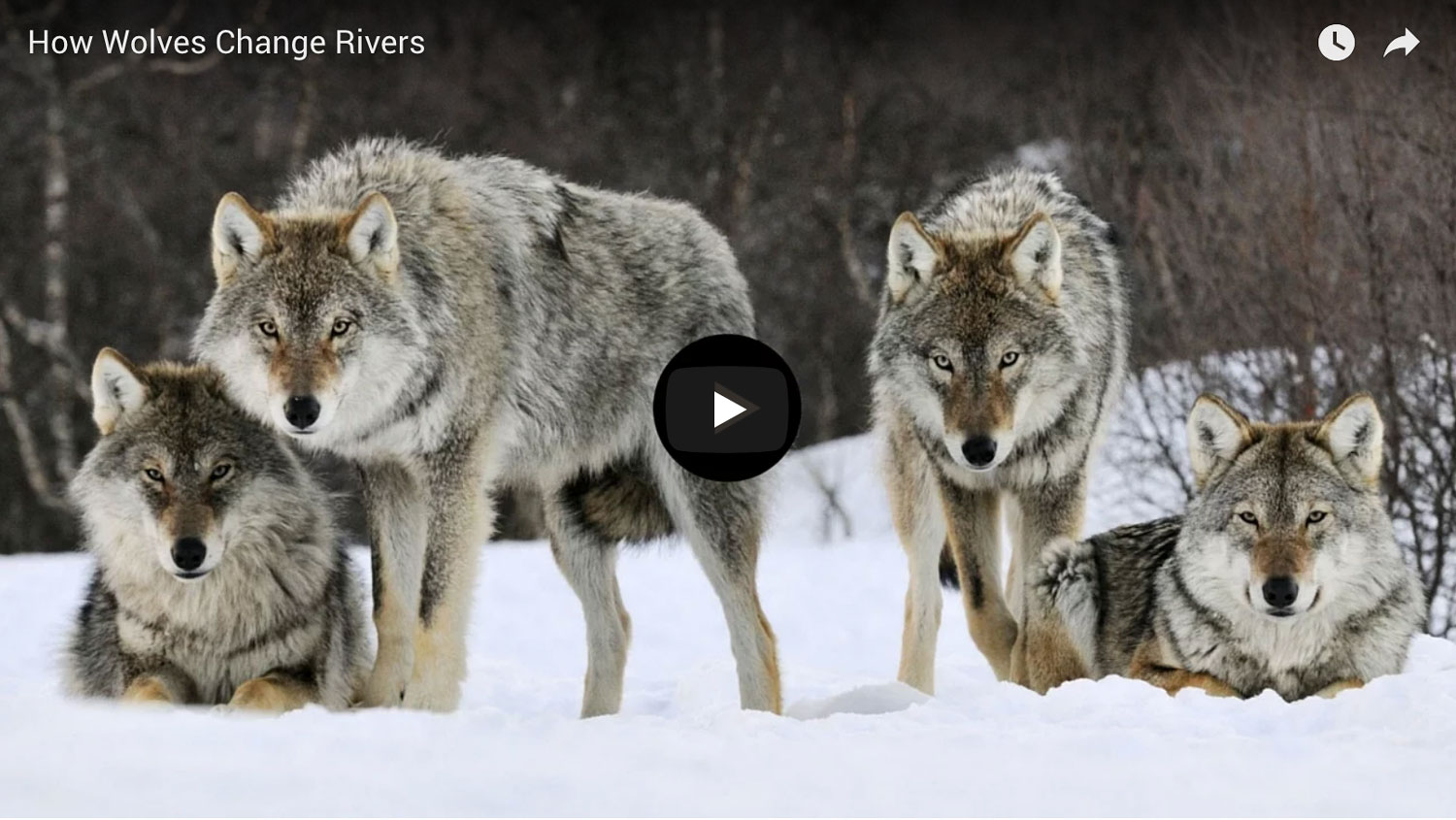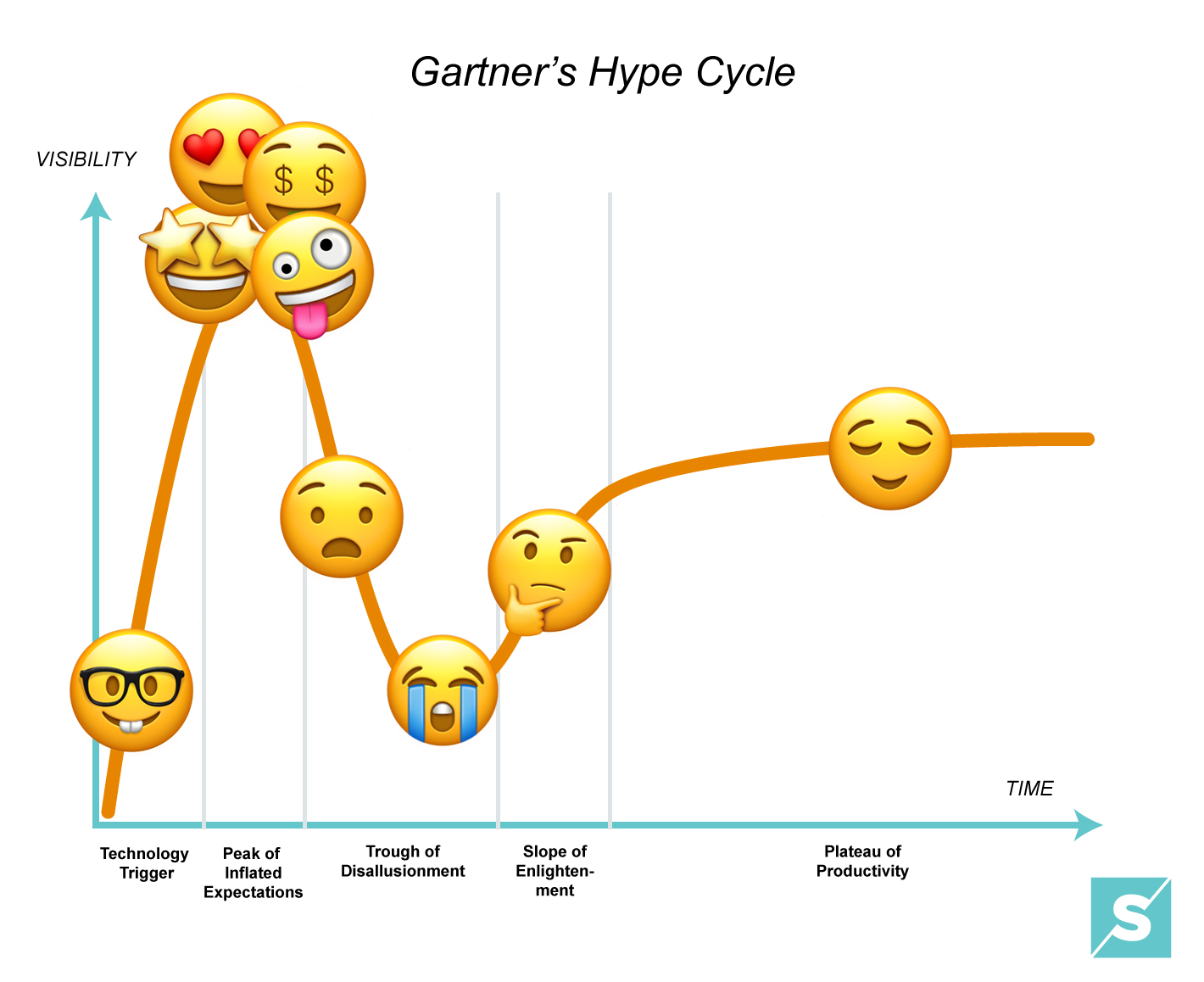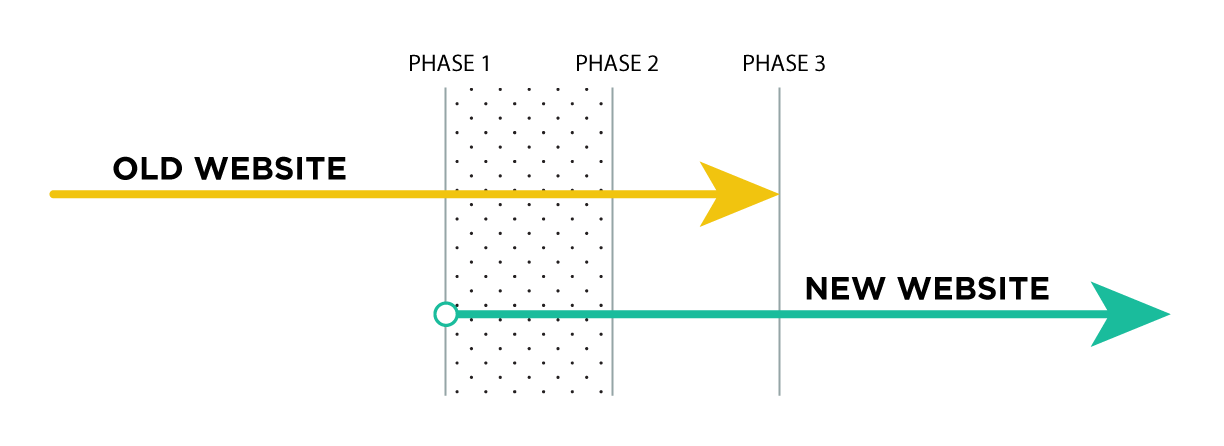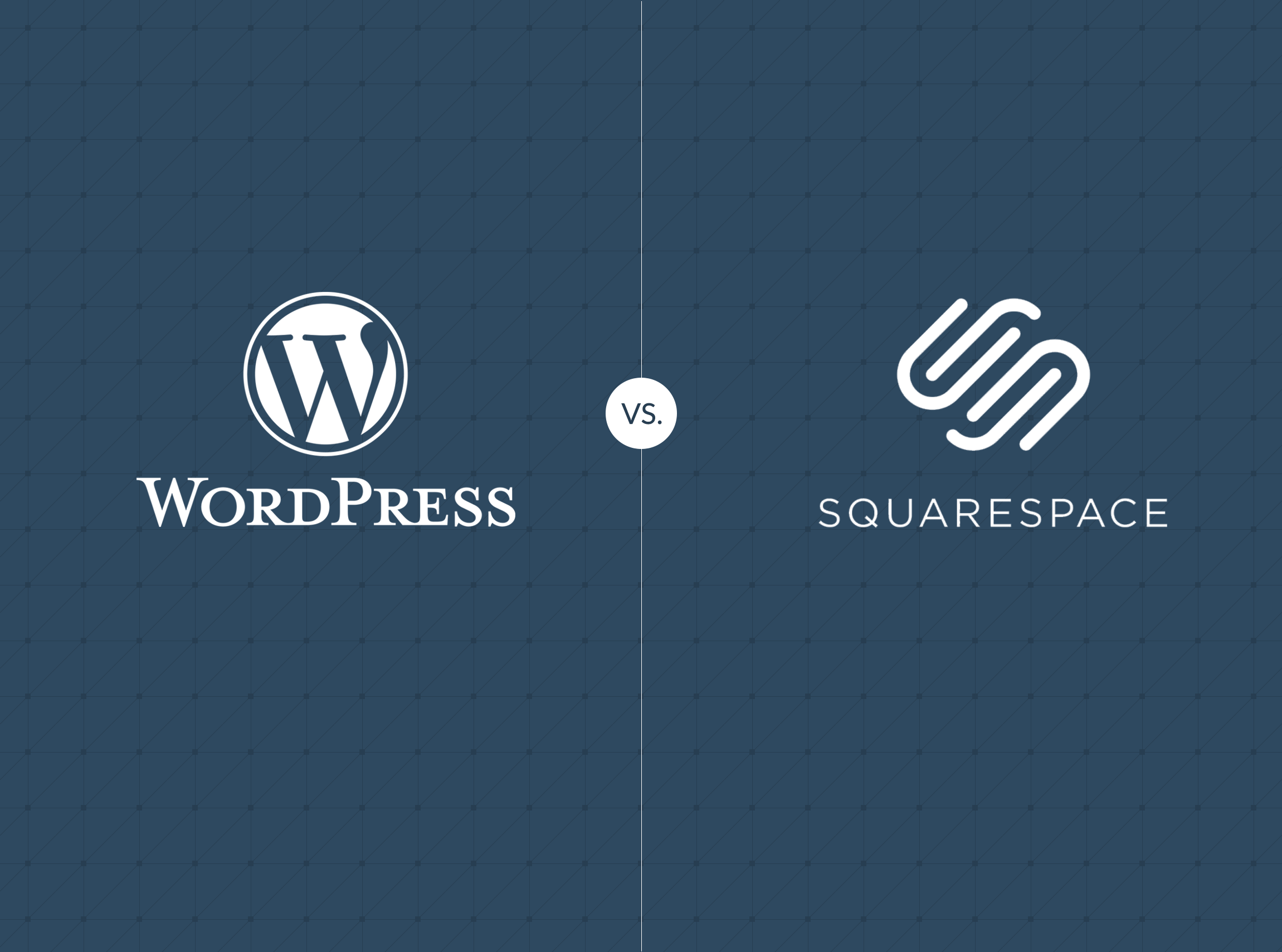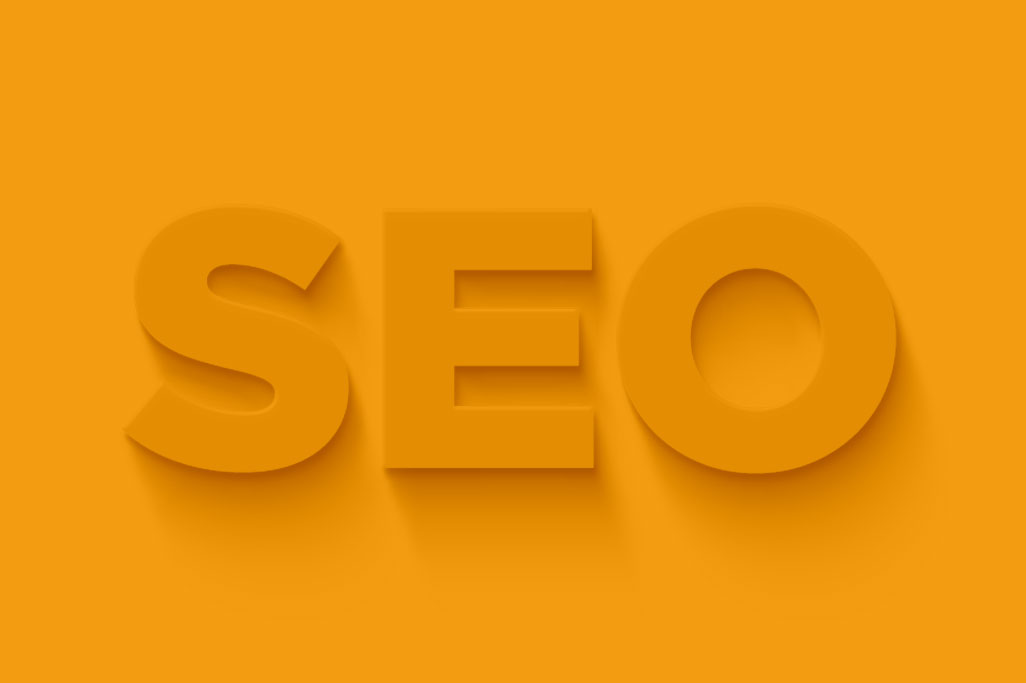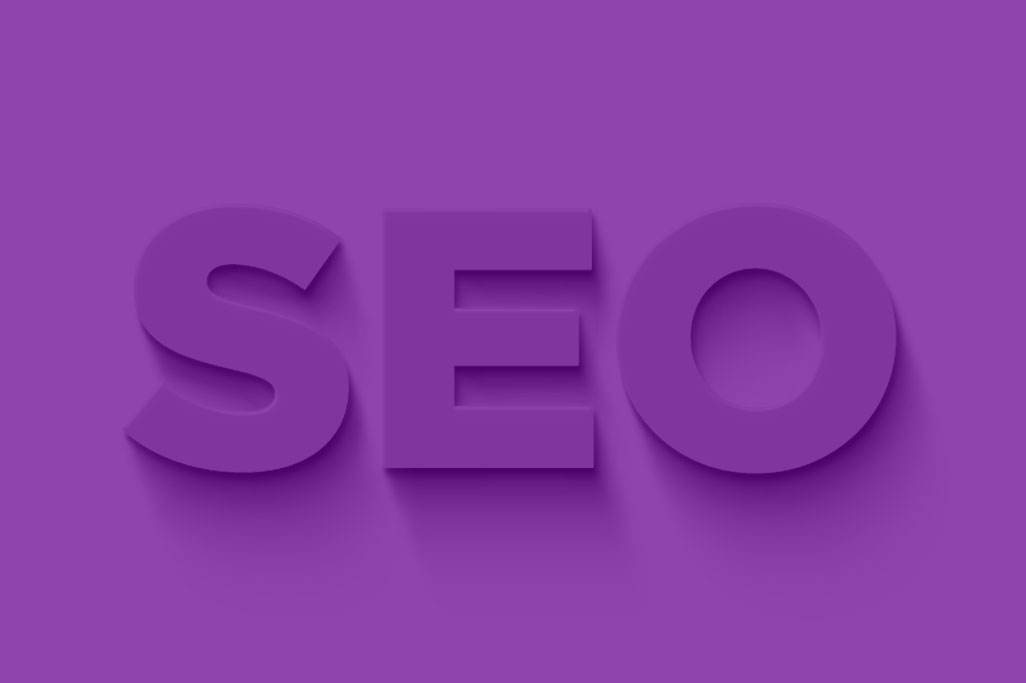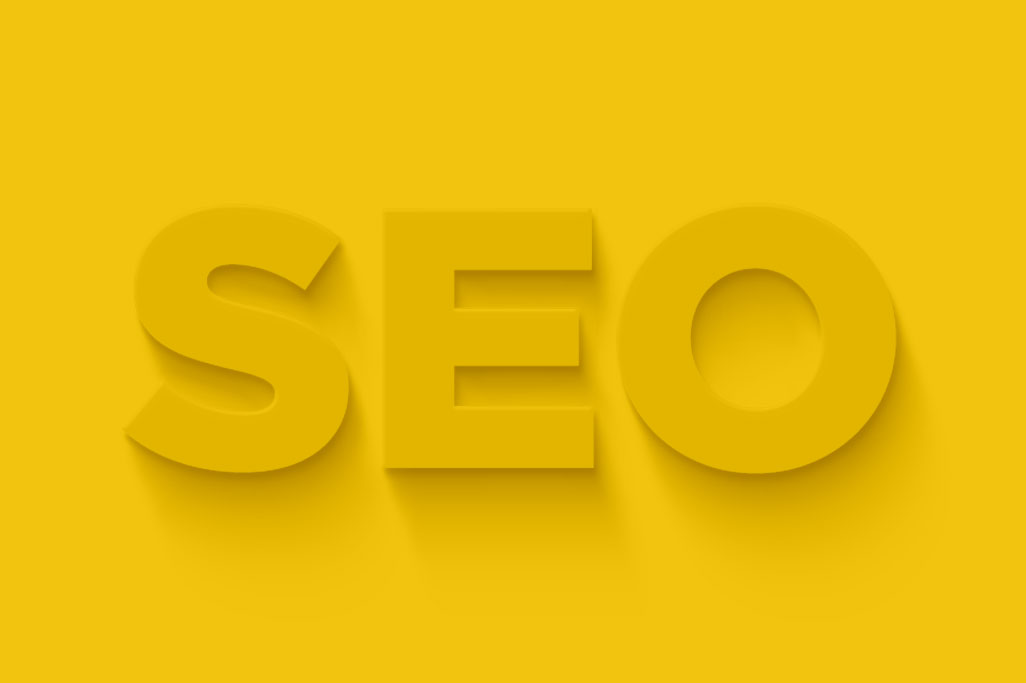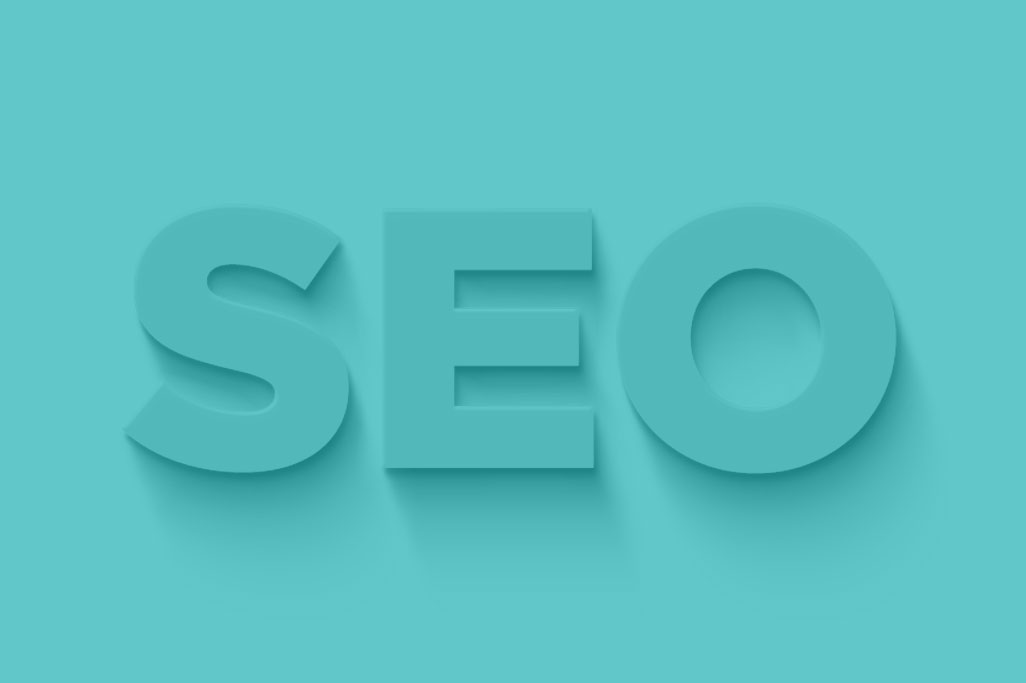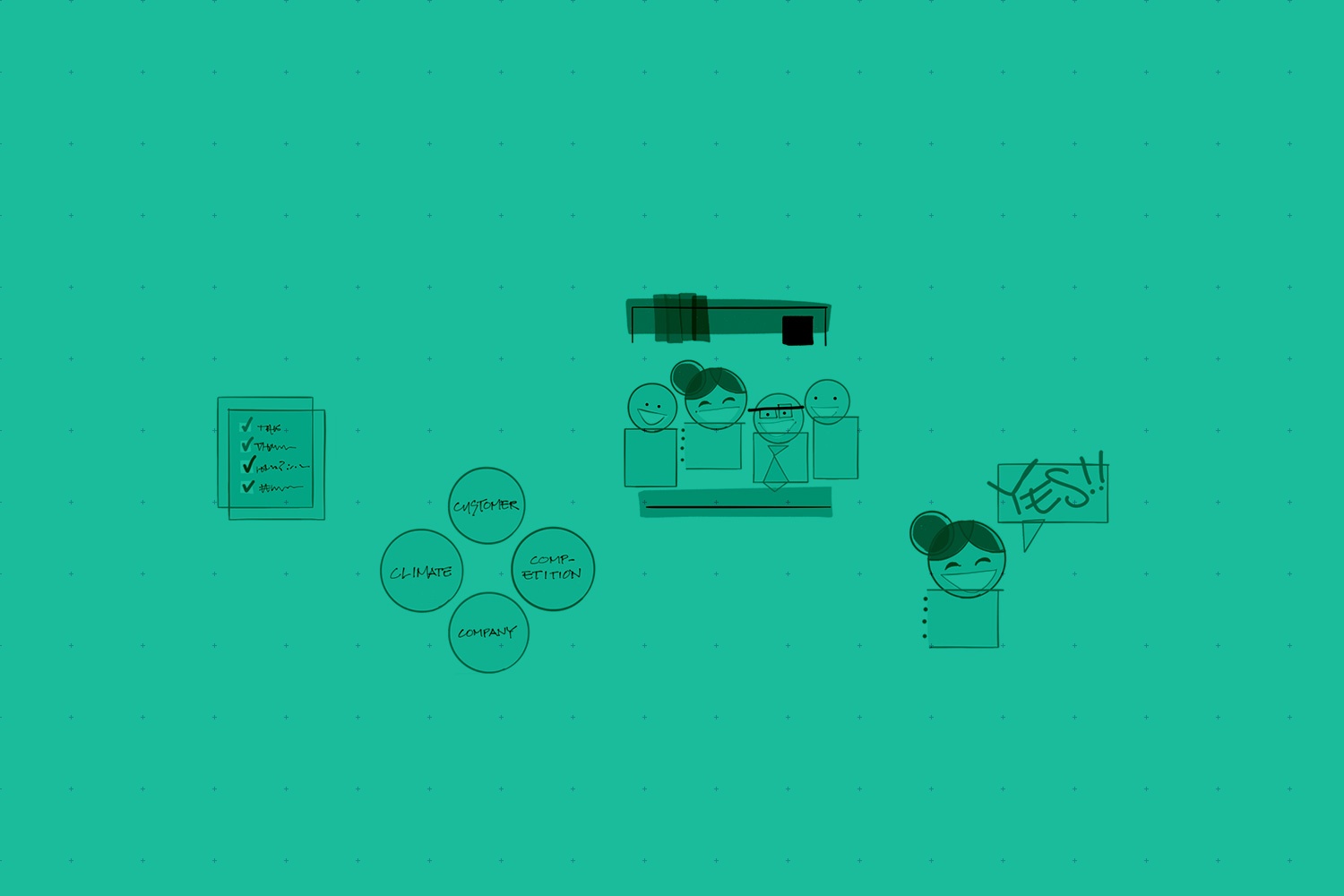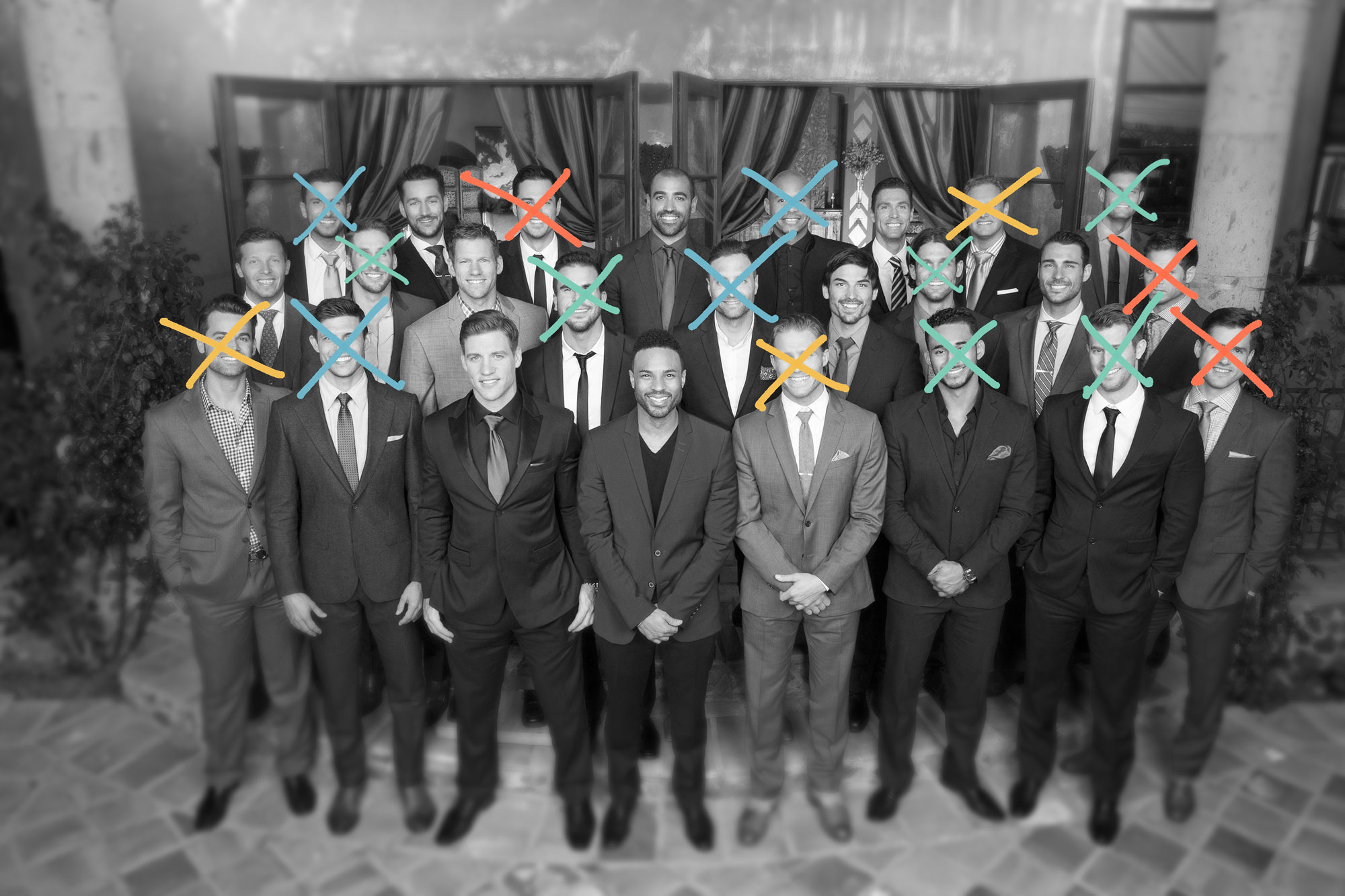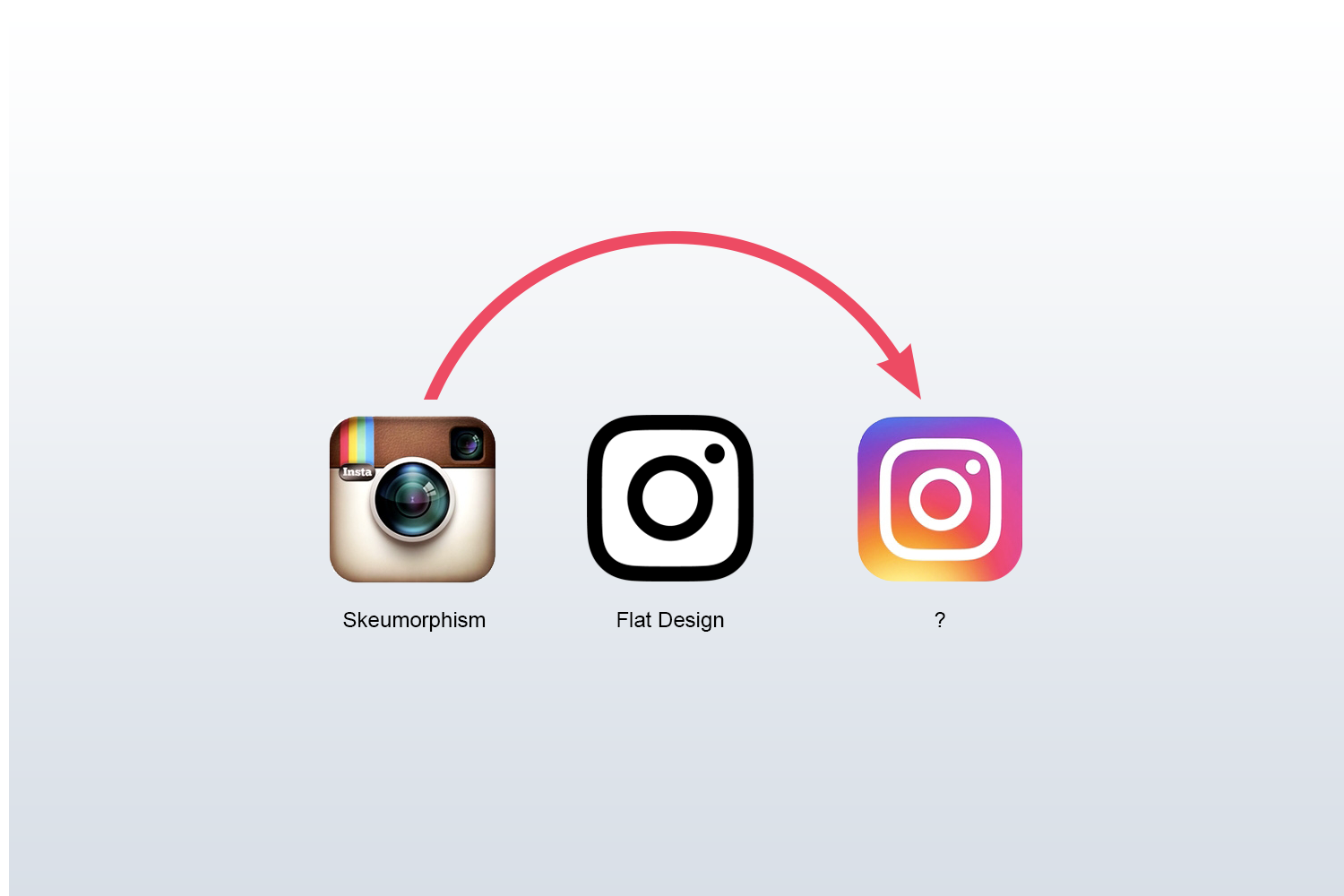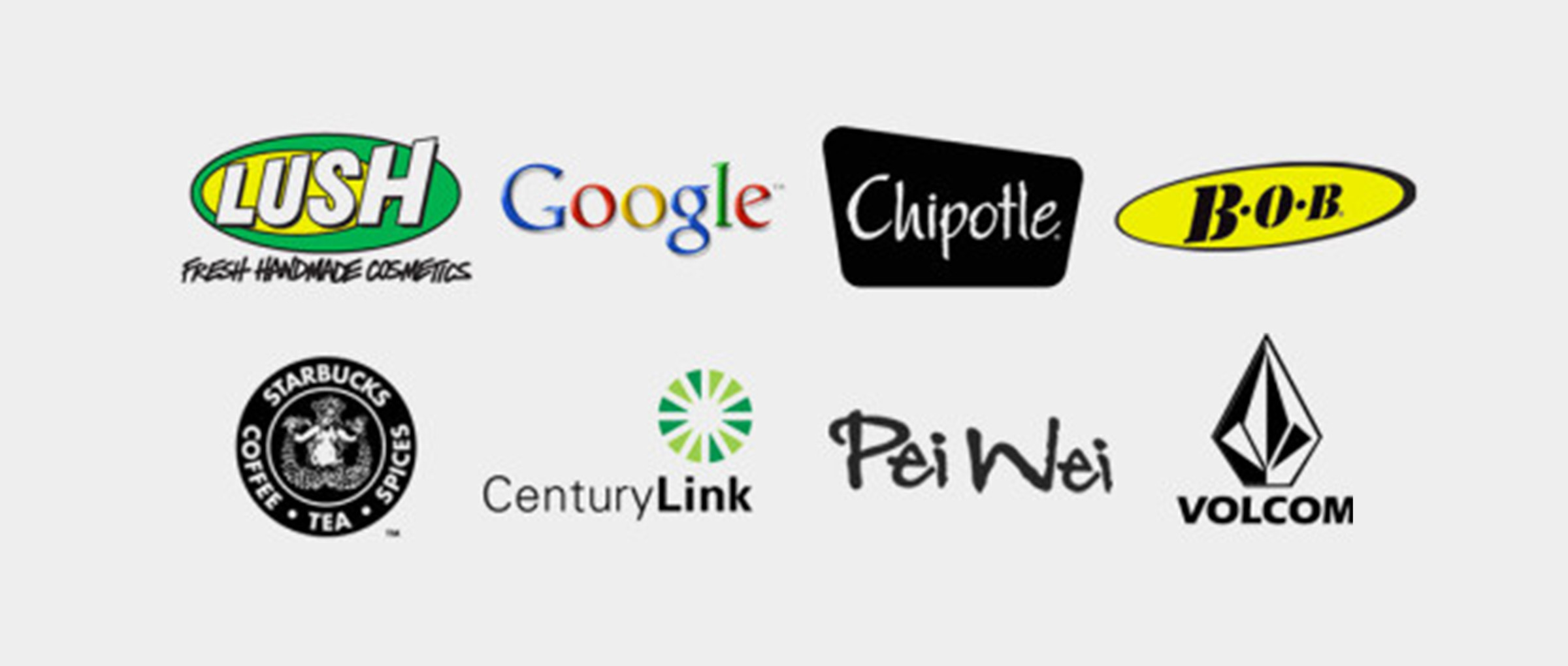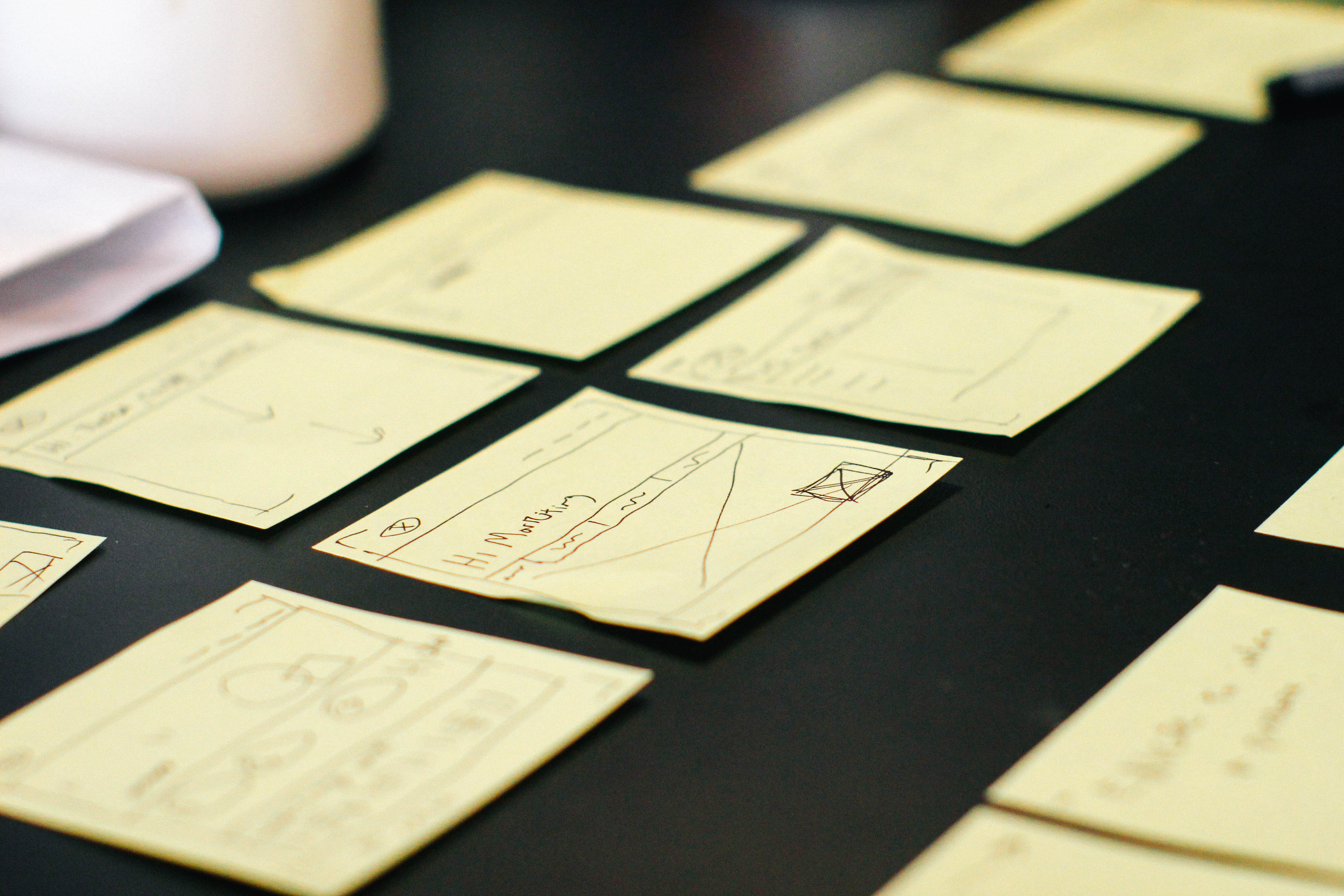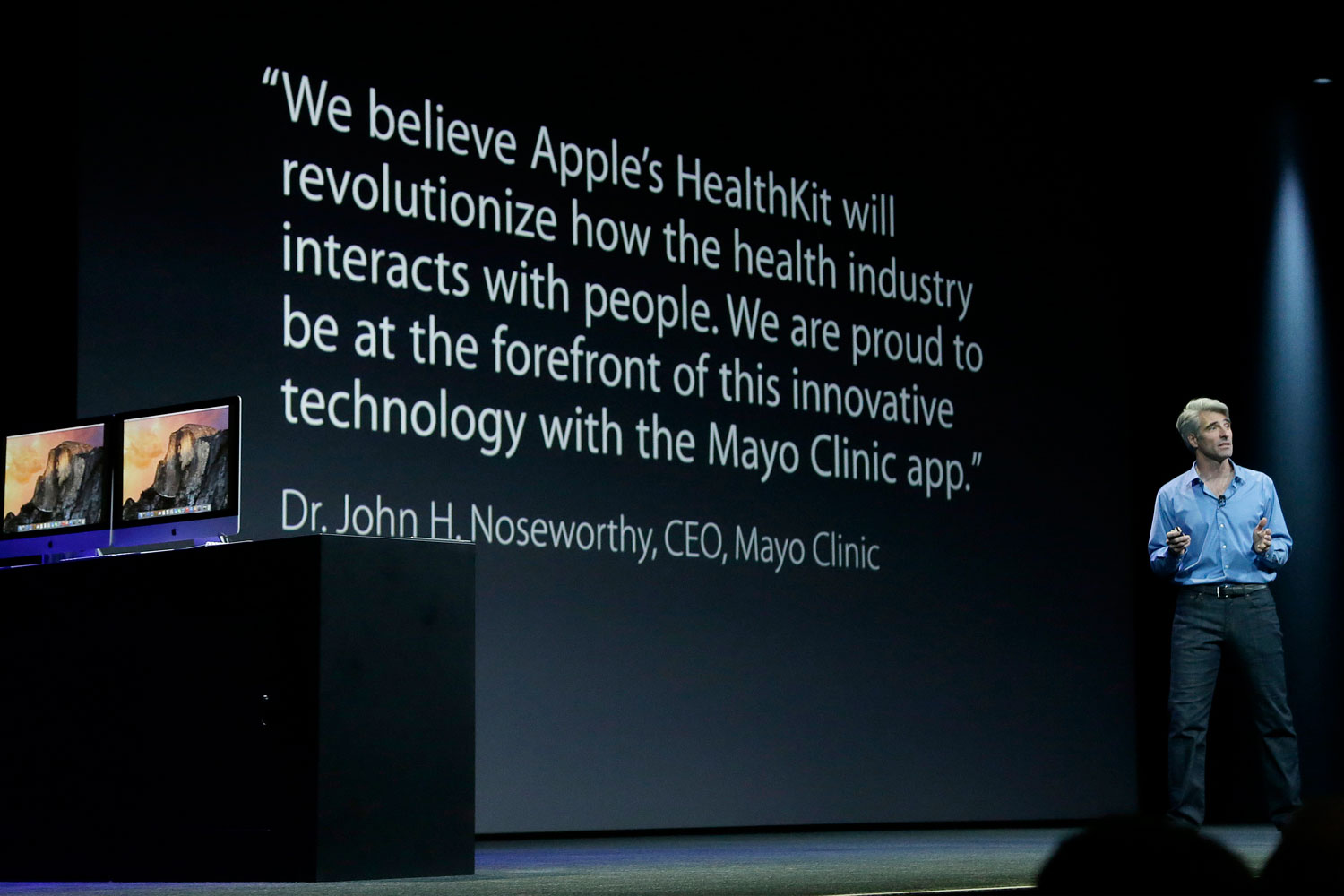In my previous blog, I explained three processes for selecting a web design agency. Each option is very similar to a style of dating. (blind dates, Facebook stalking, and The Bachelorette.) Today, I want to go a bit deeper into the final option: the RFP Process or The Bachelorette. I've included a quick download to a website redesign RFP template too.

The process 7-step RFP process that I've detailed below typically takes at least 2-3 months. I know that you want to start your website tomorrow (and we can certainly do that), but if you are a large company and you need a more pragmatic, comprehensive approach, then know that it will be a few months.
Also, below I talk about "your team" who will be working closely to select the best agency. It's usually a couple of executives, some high-level managers, some tech people, and you the project manager. For short, this is "your team."
Now let's get started.
1) Write a “Request For Proposal” Document
This can take as little time as a week, or as longer than a month. The end product is a 3-10 page document, and it's going to set the tone for the whole courtship. So every time I talk about an RFP, I’m really just talking about 10 pieces of paper.
There is a wide variety of templates online for how to write a Request For Proposal. I've created a free downloadable resource that will guide you through writing an RFP. It's pretty easy and satisfying to write if you clear your desk and commit your time. If you find a better one, use it instead.
Tip: If you are trying to build consensus in your organization through this new website, that it will be important to let people share their opinion about the old website and what they want in the new website. The easiest way to do this is to have your president or CEO announce the website project and introduce you, the project manager. Give your staff a quick idea of how the project will come together. Talk about who will be closely involved in the project. And affirm your staff by letting them know that their feedback is important. Let them know that you will be sending out an email with some basic questions:
- What do you like about the current website?
- What don't you like about the current website?
- What would you like to see in the new website?
- What problems do you have that you think a feature of the website could solve?
Put a deadline on it! If they do not respond to the email, then they've missed their chance to contribute to the project. Once you've received the emails, gather people's feedback and discuss it with your team who is leading the website project. Find the smartest insight from these emails and put it in the RFP!
2) Make a Short List of Prospective Agencies and Call Them
Of course, you can find web design agencies by asking around and doing research online. Contact them a week or two before you send them the Request for Proposal. Introduce yourself, give a brief summary of the project, and let them know that you are interested in working with their company. Tell them how you found them and what it is about their agency that grabbed your attention.
They’ll be flattered that you reached out to them, and they’ll make room in their calendar to review your RFP and put together their proposal too.
Tip: Be realistic about the timeline in which they'll receive the RFP. It's embarrassing to tell a Creative Director at an agency that they'll receive an RFP this Friday and it doesn't show up until two weeks later. If anything, tell them it will be ready by end of next week, and surprise them by emailing it to them a few days early. This shows that your company has it together and deserves 100% of their attention.
3) Email the RFP to Agencies
Then take off the rest of the day. You’ve worked hard and you deserve a break.
4) Host an Exploratory Conference Call
If you put in enough effort, your RFP should help agencies understand about 75% of the project. But the remaining 25% requires that your company answer follow-up questions from the agencies. You want every agency to really understand the scope of the project before they put a proposal together.
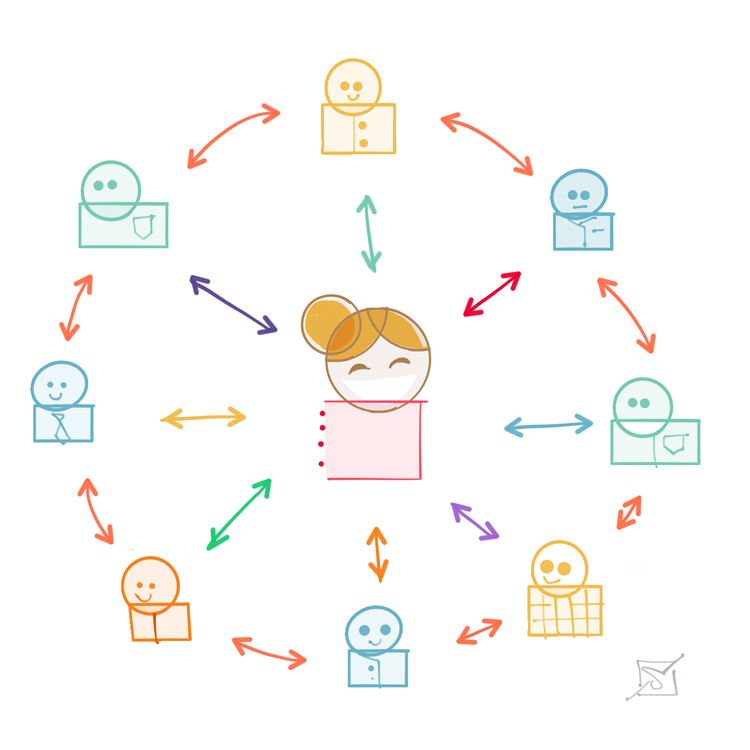
It's difficult for your staff to answer these questions through email or phone calls. Often, the answers require input from several people in your company, and that's hard to gather that information and type it into an email.
So the agency will feel like you are unresponsive (why has she not answered my email?). Even worse, one agency will get better information on the scope of the project, and they’ll have an unfair advantage over the other agencies. You need an even playing field to find the players with the most talent.
So the simple solution to all of this is to arrange a big conference call where your team sits in the same room and then all of the agencies call in. It's basically 20 people on one phone call. It's necessary and it's awkward.
So why are exploratory conference calls awkward?
You will expect that this is when the leaders in your company gather and talk about themselves, their vision, and the unique challenges you face. You will then take intelligent, insightful questions from the brilliant minds that are tracking with your vision. It's supposed to be cool and edifying. It's supposed to feel like you're gaining momentum on this project.
This is not what happens.
An exploratory call becomes a circus of agencies posturing themselves to be your soul mate. It's like a geeky, bizarro version of The Bachelorette. Your company is the hot bachelorette, and all of these little men are trying hard to get your attention, play hard-to-get, be cool, blah blah blah.
Of course, they're getting answers to their questions about the project, but they're doing it while flexing their muscles in the mirror. It's embarrassing.
Tips for Your Exploratory Call:
- Setup - Be sure to send out reminders to the agencies about why the call will happen, and how they will get on the call. I know this was already in the RFP, but it will save you time to send a reminder.
- People - Make sure that you bring all the right people from your company into the room. Website redesign projects always overlap with marketing, IT, sales, and concurrent strategic projects. Get all of those people into the room so that they can answer questions.
- Be Honest - Know when to say “I don’t know.” You will make agencies happy when you admit that you have no idea. If you try to make something up to sound cool or like you know it all, you'll just confuse people more and everybody loses.
- Don't Pick Favorites - Whatever you do, do not "size up" agencies from the exploratory call. This is not the time for that. That’s what you do when you review proposals and have follow-up interviews.
The call will last an hour or longer. Once it's done, your team will be confused and fatigued. You will know that you've accomplished something, but you aren't sure what that something is. Because you are confused, you will want to "regroup" and talk through it all. Once that is done, everyone will want to take off the rest of the day.
5) Gather and Review the Proposals, Pick the Best Proposals
If you do it right, this is a super fun day at the office. You might even get up early just because you know what's going to happen.
If you like watching shows on HGTV, your goal is that it looks a lot like when a couple goes shopping for a house on shows like Fixer Upper or House Hunters. It's effortless on these shows for a couple to decide what they want in a house because they are a married couple who have been living in the wrong house long enough to know what they like and what they don't. It's obvious:
"We need a new house with more bedrooms, a more spacious back yard, and a better school district."
So when they walk through a large house with a big backyard in a bad school district, they will turn around and walk back to their car. It's just not the right house!
I know that this could sound super obvious, but you want this same kind of objective judgment from your team. If you don't start with common criteria for judgment in front of your team, you could end up with a war of opinions about which agency is better and it could get ugly. Of course, there will be a lot that is subjective and will need to be discussed. But that comes after an objective assessment.
Next week in Part III of this blog series, I’ll share my criteria for judging proposals. Some stuff is obvious, other stuff is not. I would put it all here, but it’s too much for one blog.
Email the proposals and the criteria for judgment to a team of people on your team. Give them a couple of days.
Finally, block out a couple of hours to meet with your team and review the proposals together. This is a lot like thinning out a pile of resumes to the most promising candidates. Also, agree upon what you need to know from the top agencies in your upcoming interviews.
6) Follow-up Interviews
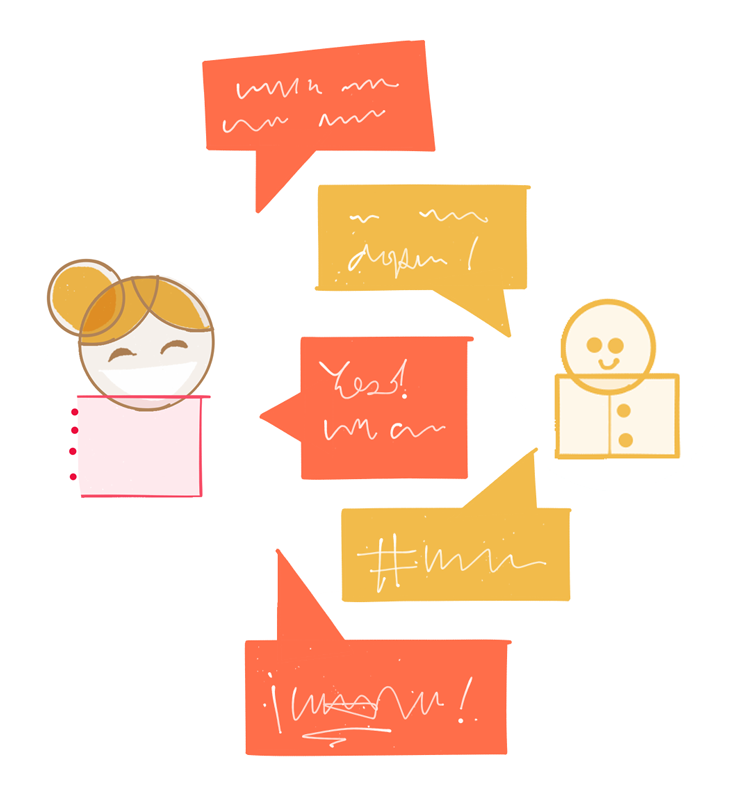
This should be on Skype or a Google Hangout. If all of your web design agencies are local, then, of course, bring them into your office. Or, if you can, meet them in their office. They usually last about an hour. It feels like you are interviewing someone for a job, but you are interviewing a whole agency. The goal of the follow-up interviews is to get to know the people better who write the proposal. How capable are these people?
Tips for Preparing for Interviews:
Every member of your team will have some sort of prejudice or "gut feeling" going into this meeting. Maybe you were charmed by something in the proposal. Maybe you really dig the company's logo and it makes you think that they're more edgy than they are. Maybe you liked their joke in the proposal, so do you think that they're going to be easy to work with. These are assumptions! And know that each member of your team will enter the interview with an assumption that turns out to be FALSE. So put these assumptions onto paper.
Don't go into the interviews to confirm what you already think. Your goal is to address any uncertainties, but to specifically, it is each person's responsibility to try to "disprove" their own assumptions.
- Do you think that the company has the more experience than the rest? Then ask for them to describe the last five websites that they built.
- Do you think that they do all of their development in house? Then ask how much of the development they will outsource to another agency.
- Do they have a really awesome project in their portfolio? Ask them how much of it they built, and how much of it was dependent on the company's in house marketing and design team.
7) Select the Winning Agency
Get your team together after the follow up interviews. Narrow the list of prospective agencies. If you can, narrow it down to one. If you have to, schedule another call. But by this point, you should start to see that you've found that special someone and you are ready to start dating.
Give your agency a phone call and tell them the good news:
"We would like to hire your agency and we are eager to get started. Could we meet soon to clarify some details before we put together the contract?"
Clarify the foggy stuff surrounding the service fee and timeframe.

- “You said in your proposal that you needed to look deeper into this issue. Where are we at with this?
- “You said that the in Part 6 that you are assuming some things about what our staff would contribute. Let's make this clear..."
- “Is this the price for everything? Give me an example of something that we would ask for that is NOT included in that price.”
The next step, of course, is to put it all down in a contract. Timeframe, deliverables, payment, etc. Then you kick off the project and the real fun begins!
Summary - Now You Have Real Momentum!
This is what is so cool about the RFP Process. Yes, it's long and drawn out. Yes, some agencies will get their feelings hurt. And yes, you will pay more to an agency who came through the RFP process than through a more light-weight selection process. But look at what you gain!
- You got everyone in your staff involved.
- People who are used to complaining or undermining projects will have a chance to be constructive.
- You found some cool ideas from your staff that you never would've come without them.
- You reconciled budget and expectations with your RFP, meetings, and writing a contract. This isn't easy!
- You've made your team more self-aware by asking them to admit their assumptions about agencies, and made it their responsibility to test those assumptions.
Most importantly, you've found the right agency. You have a real partnership and you are moving towards the same goal. ?

